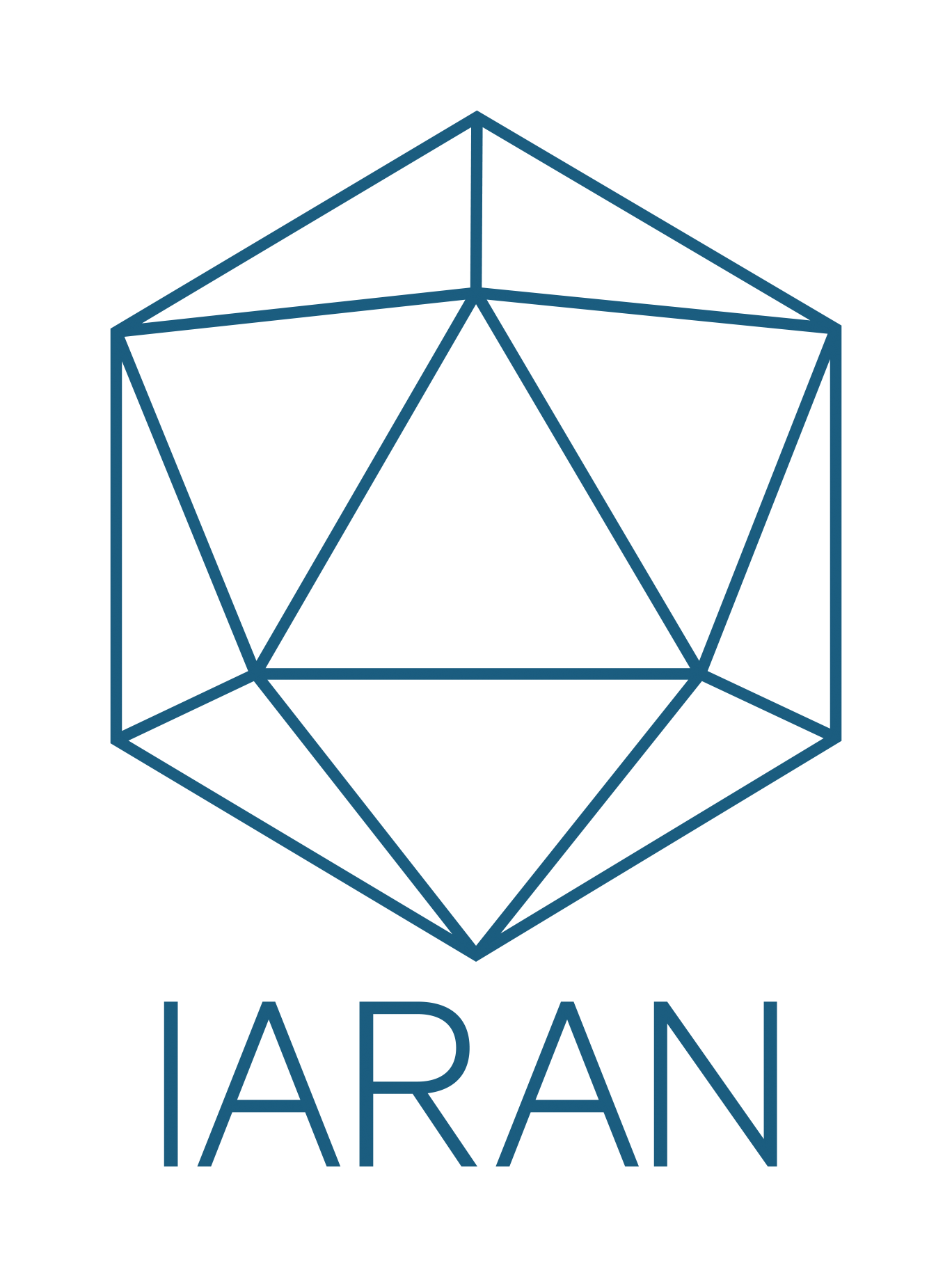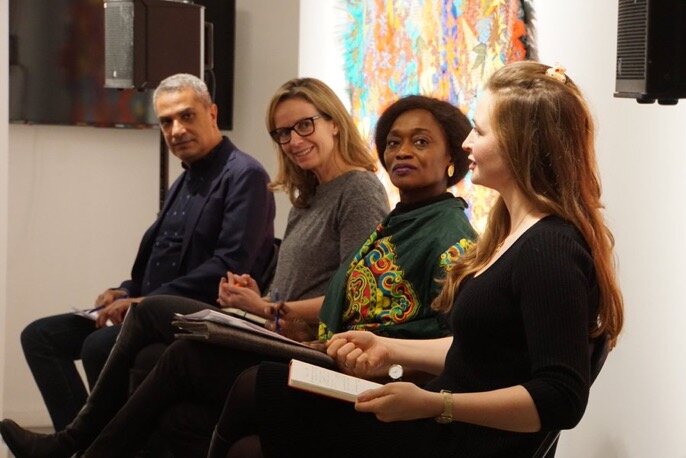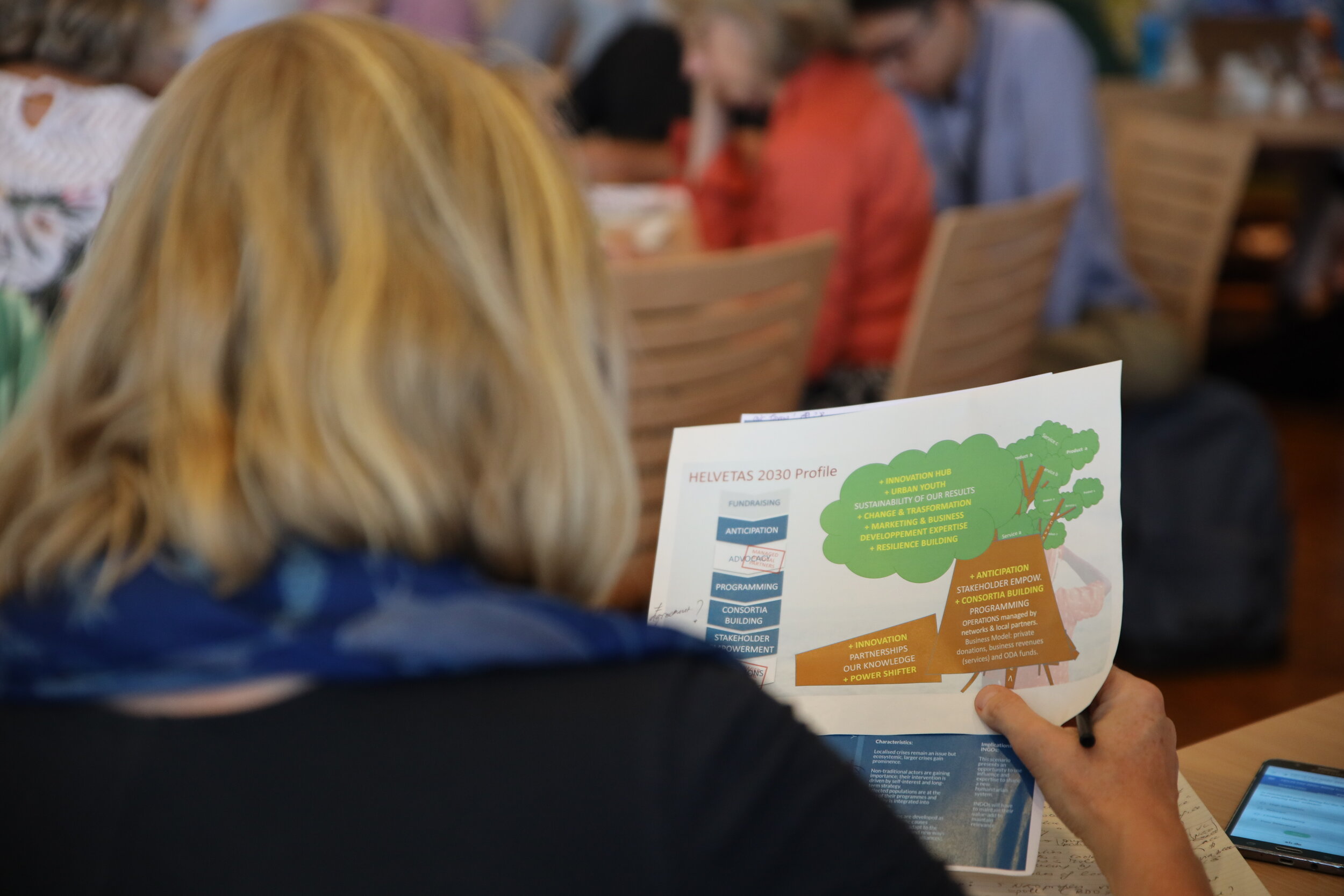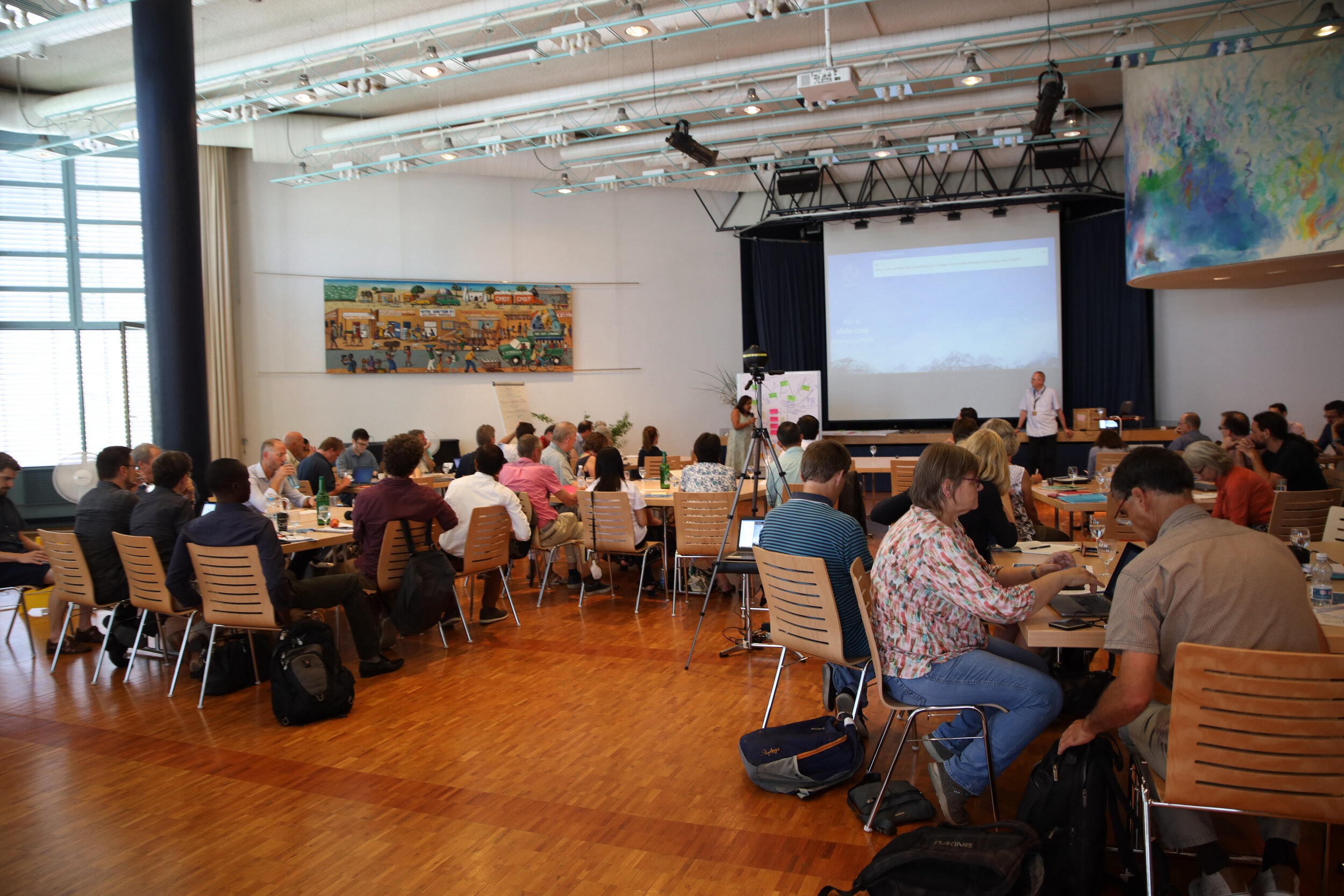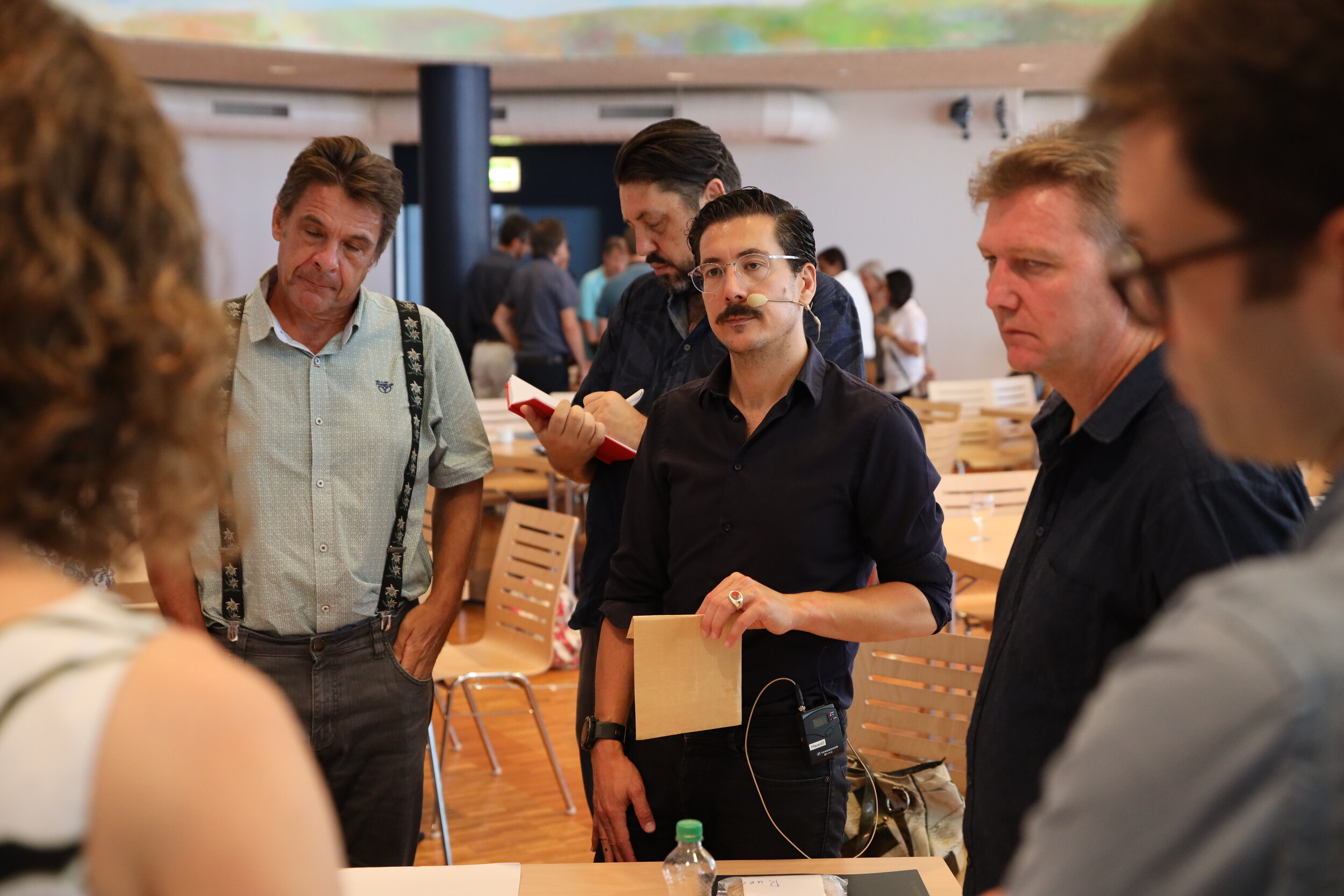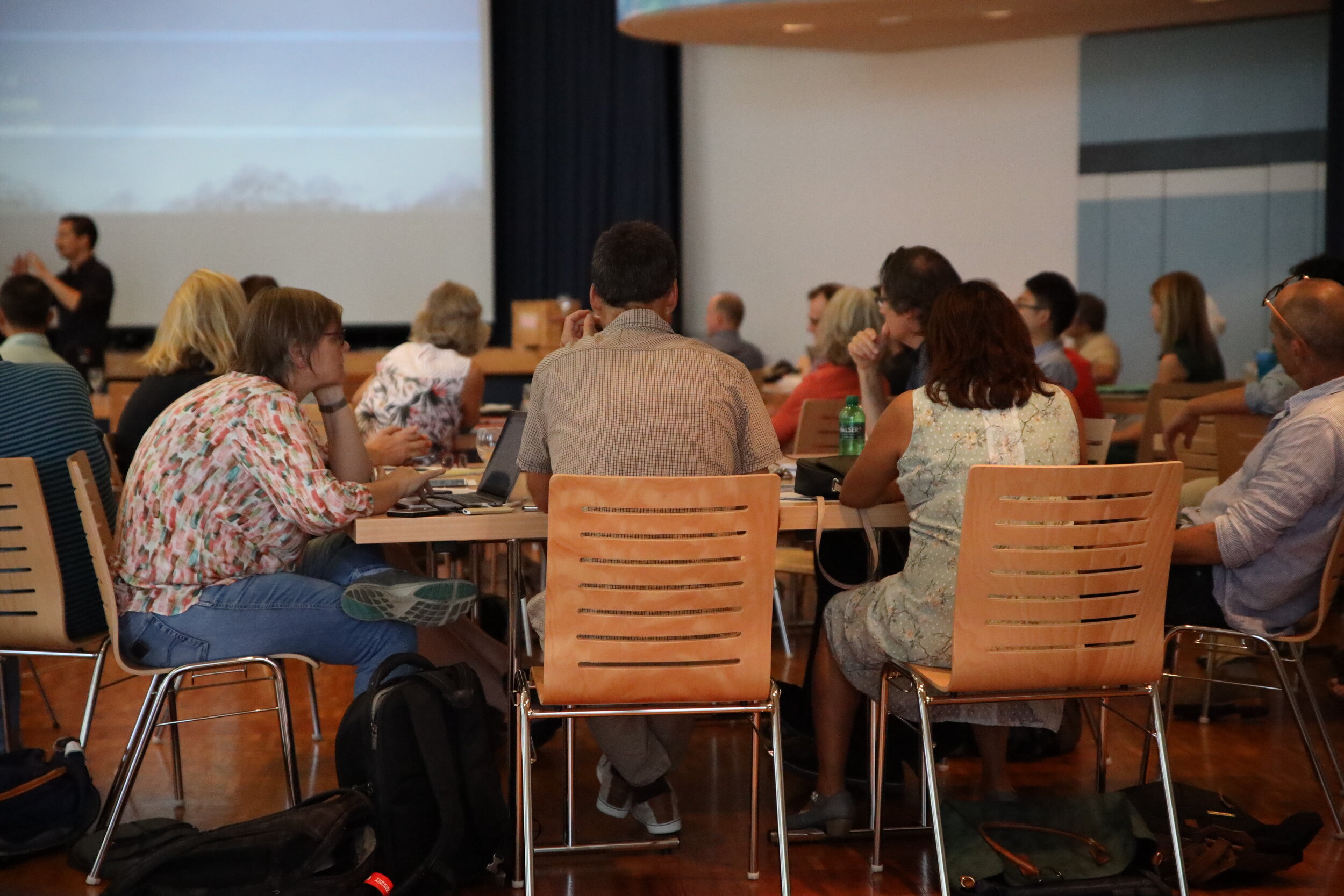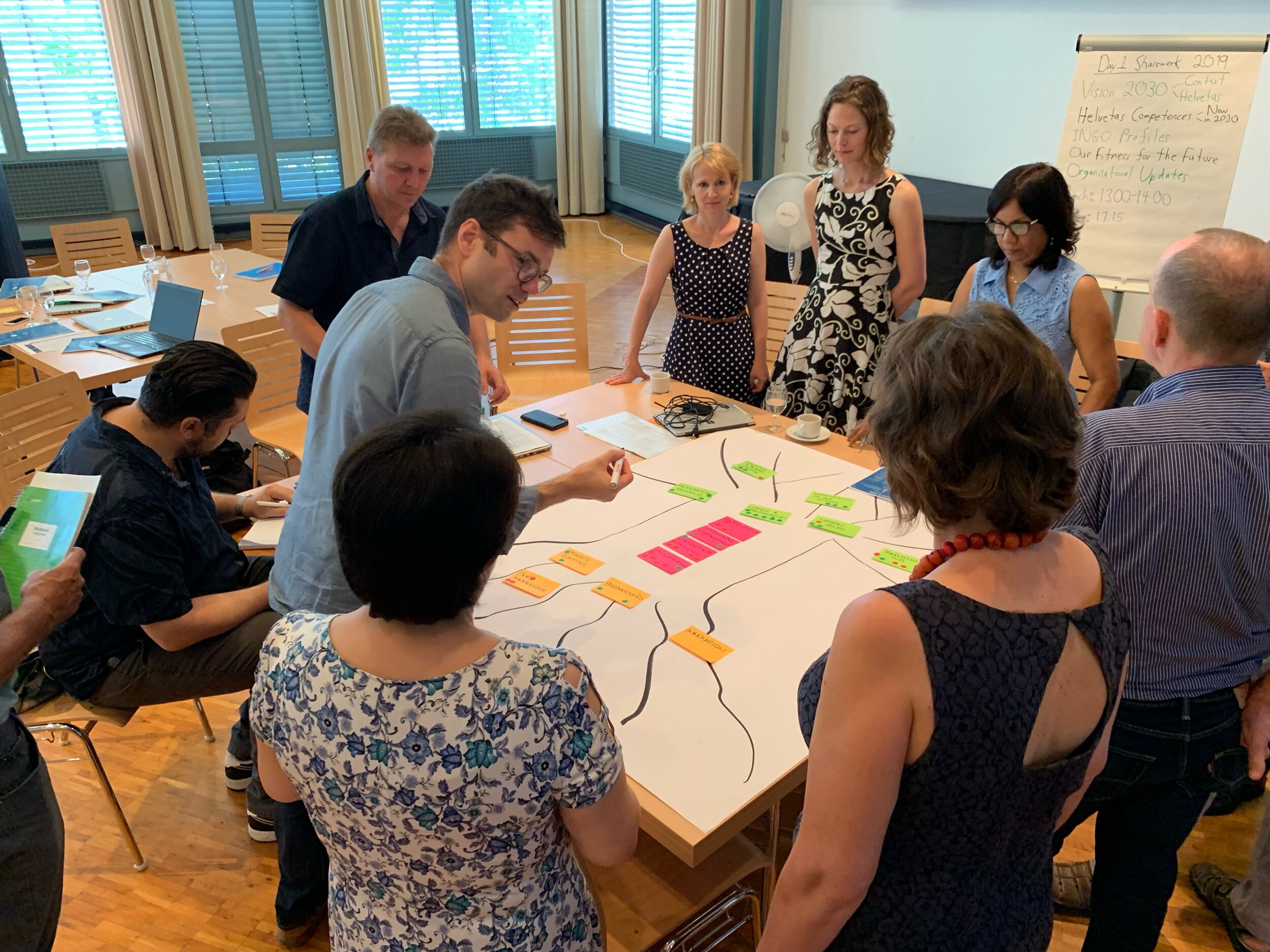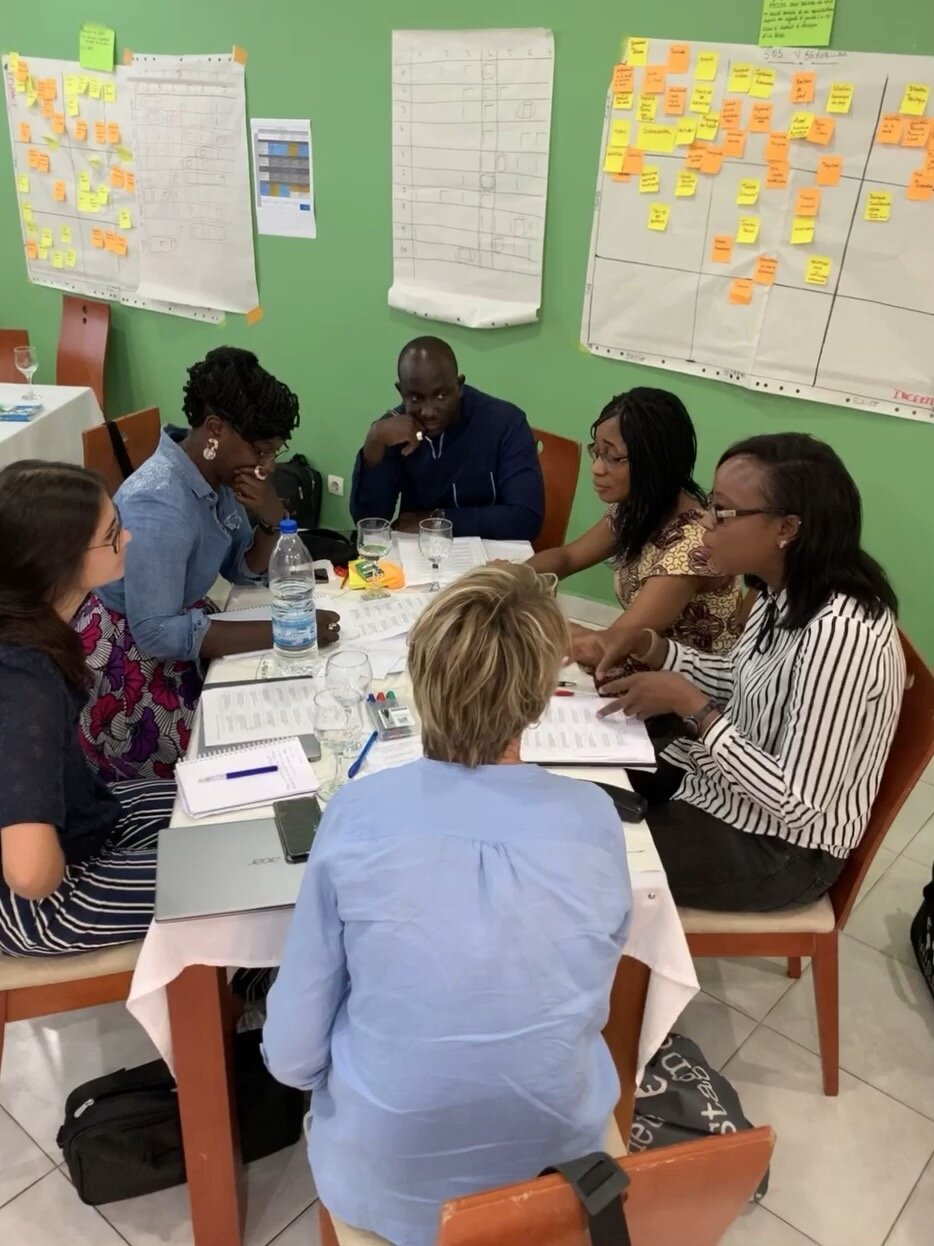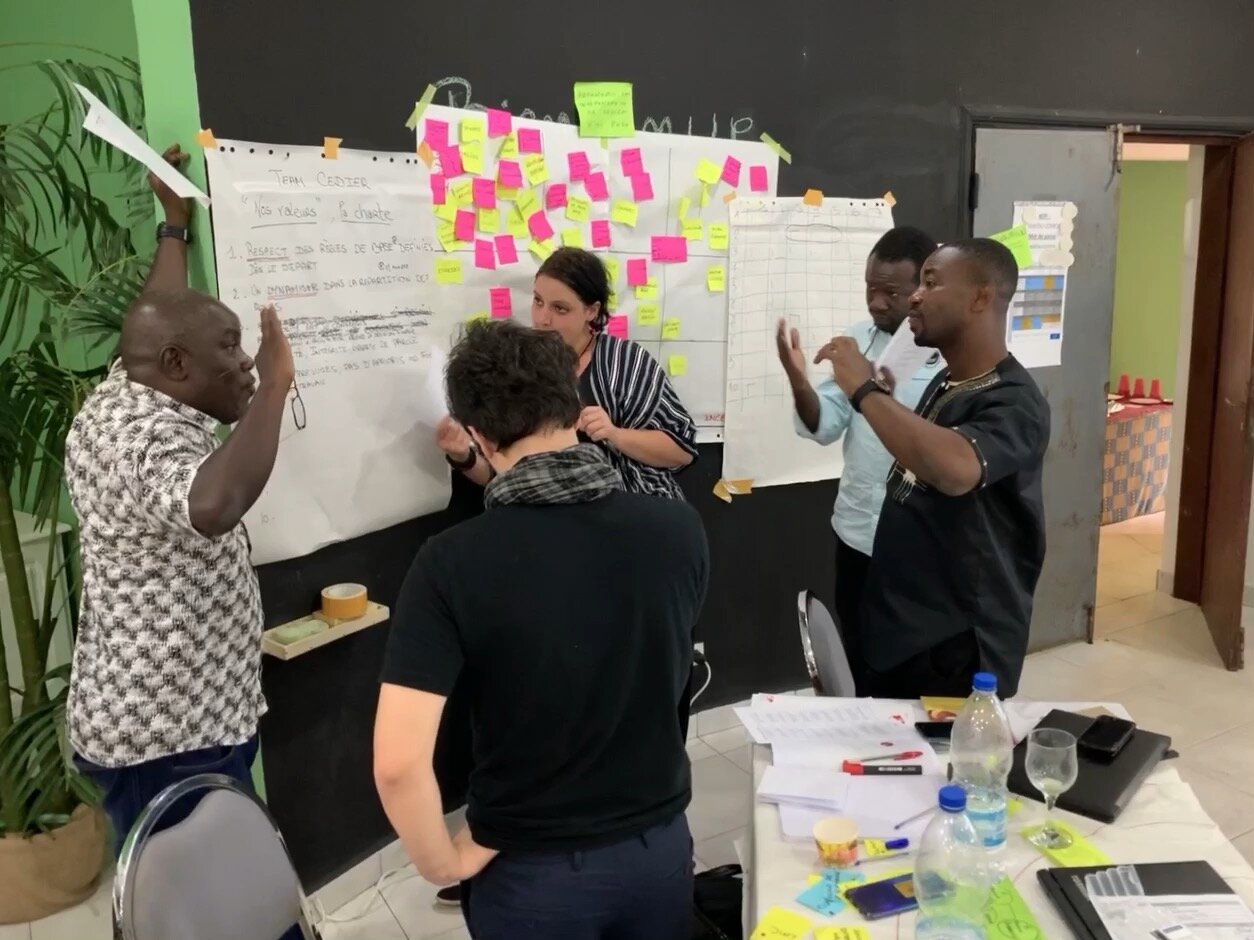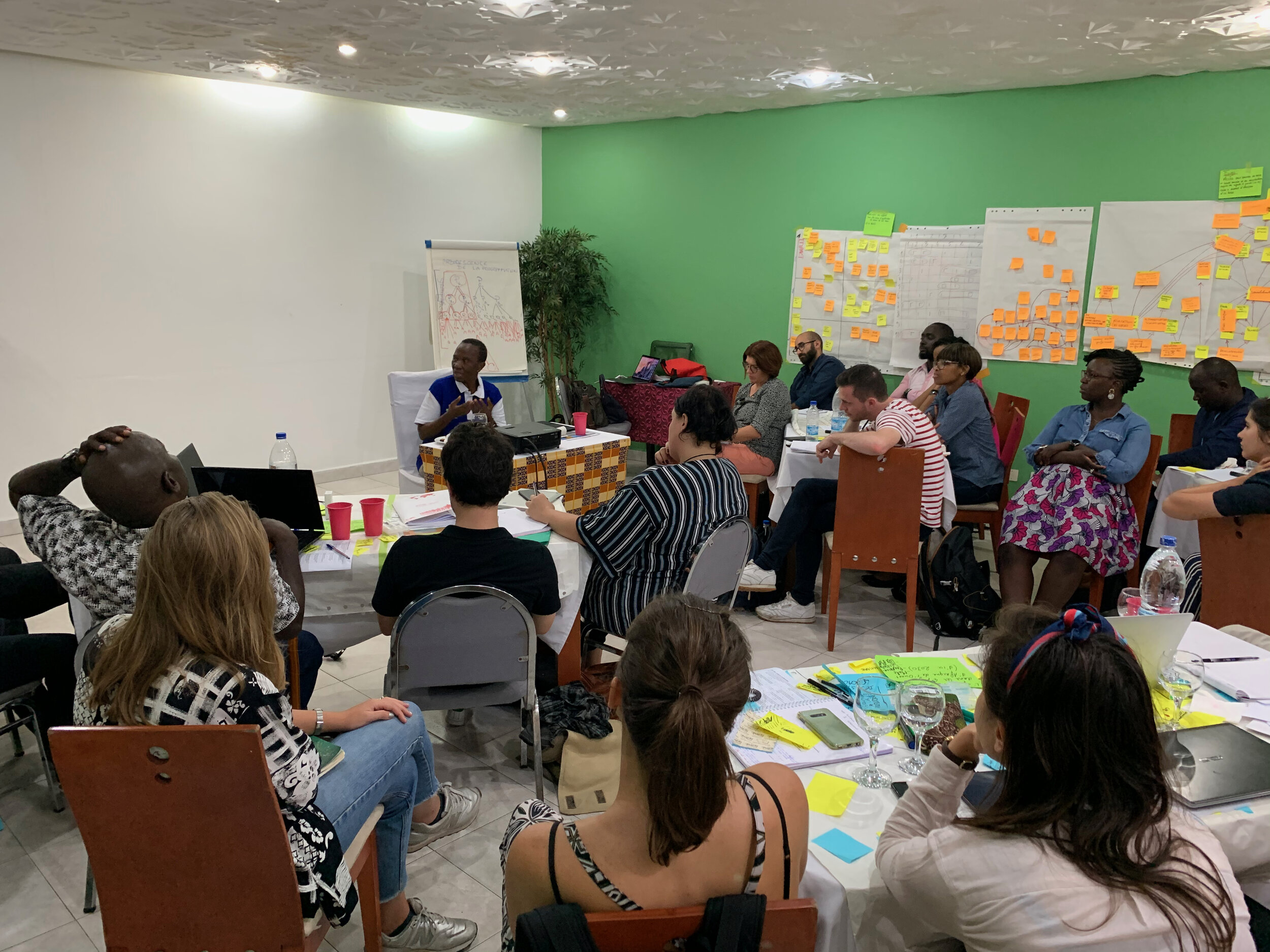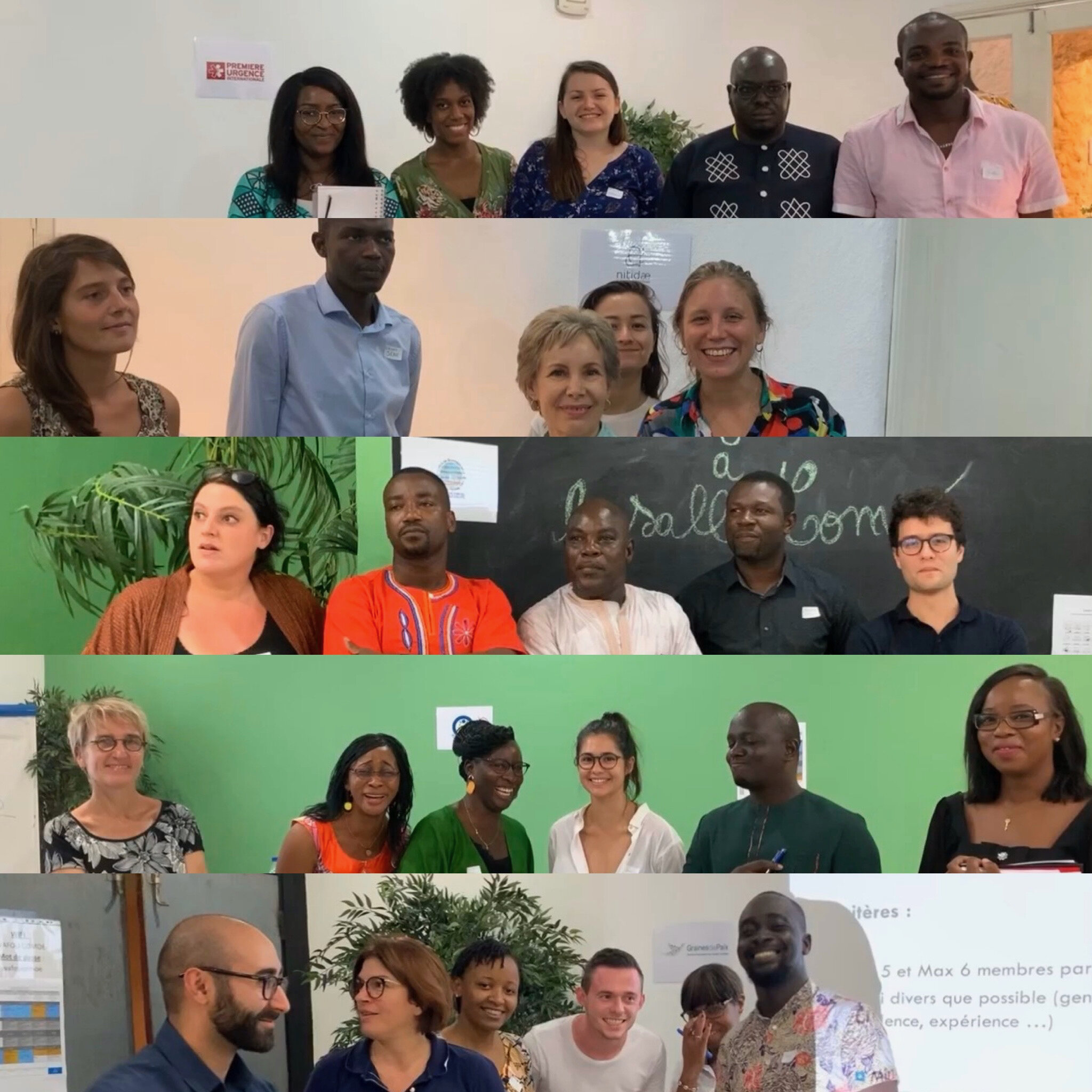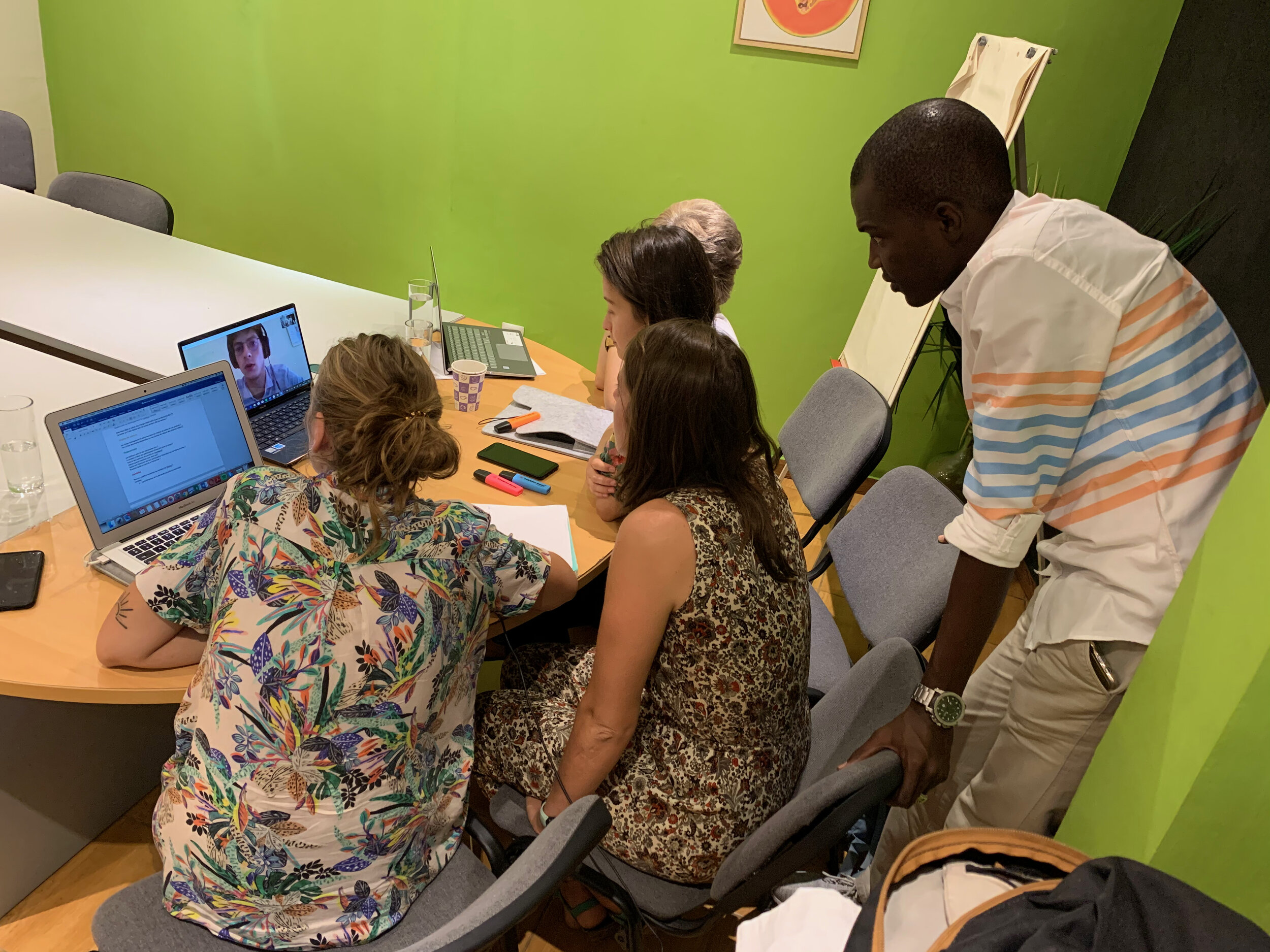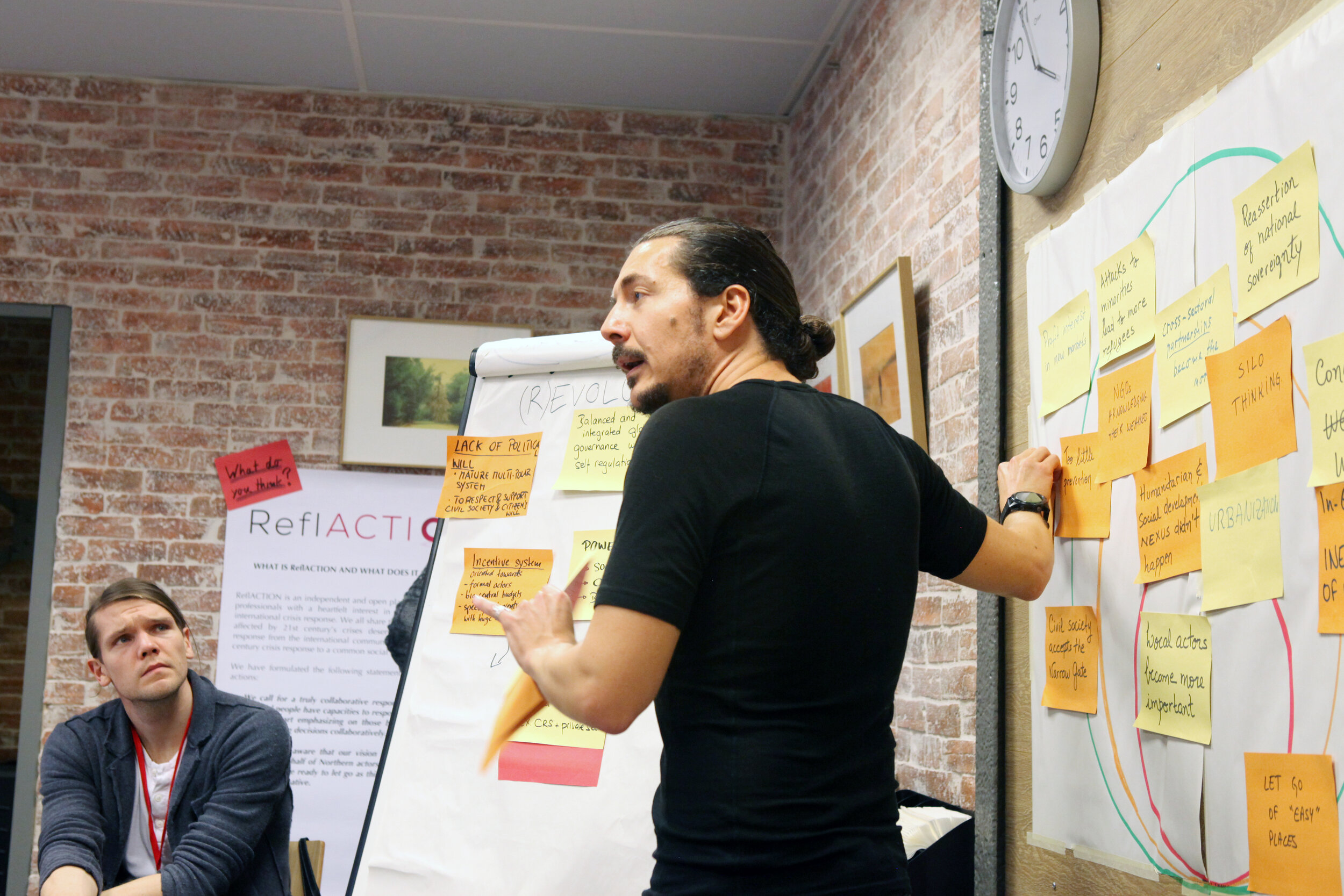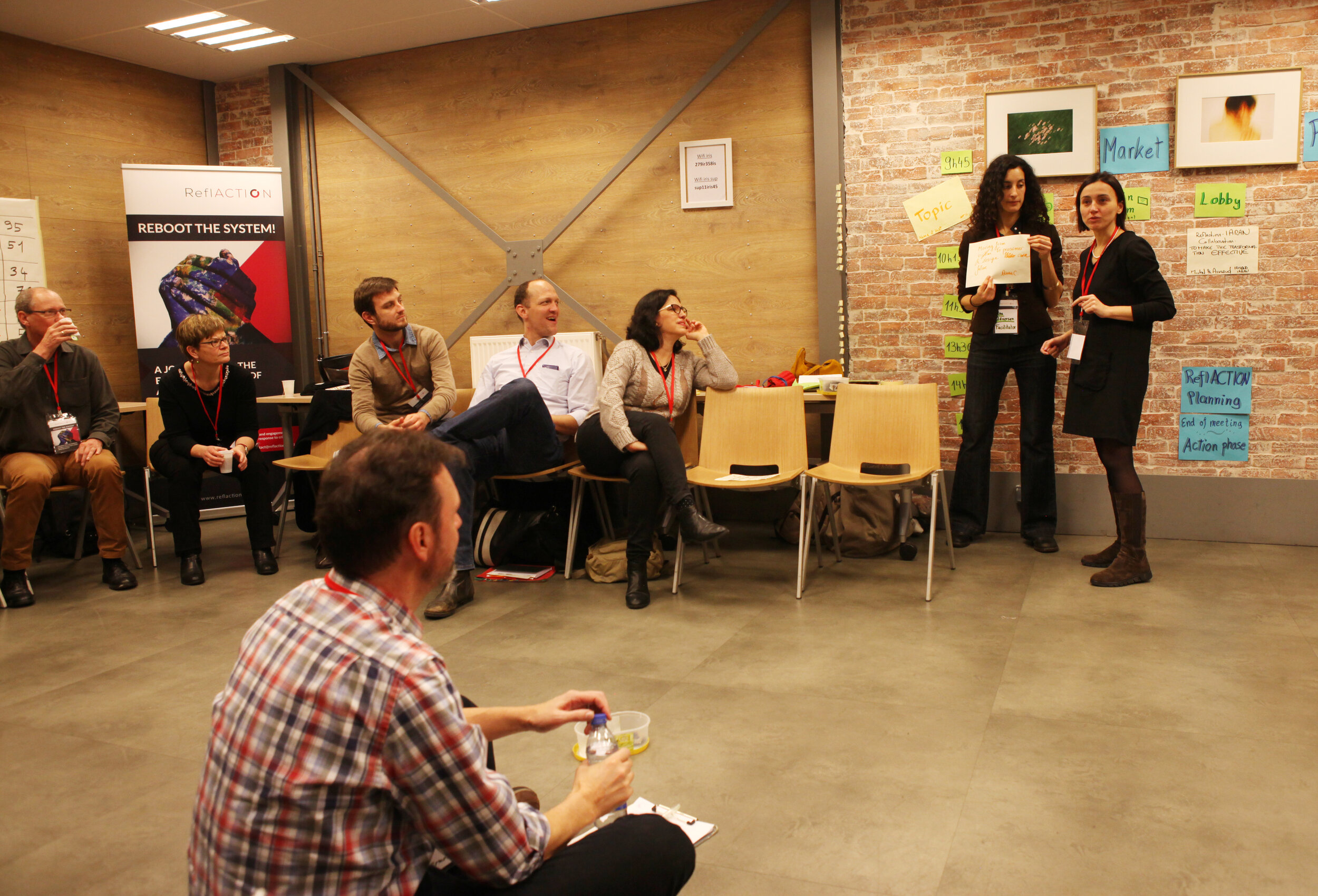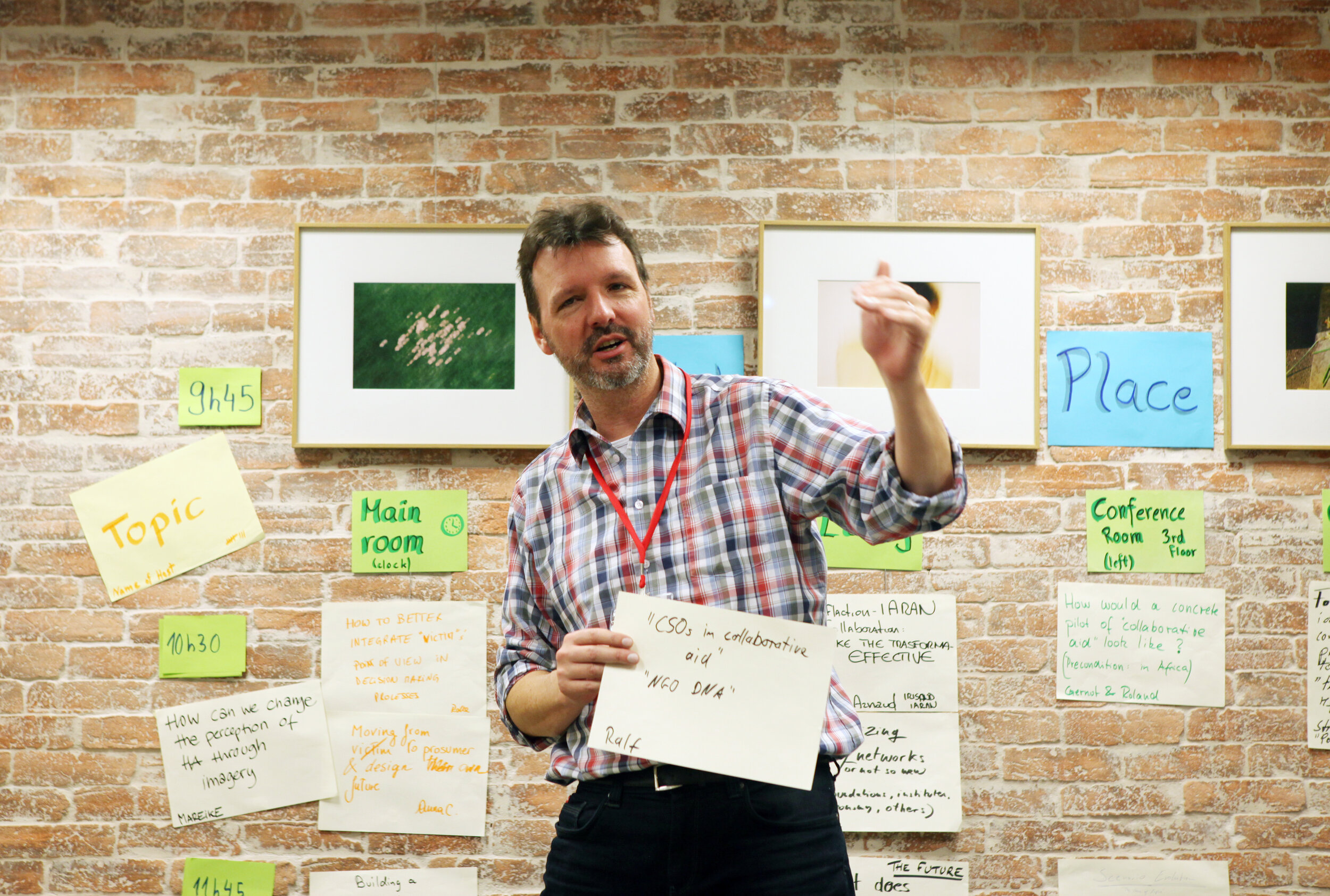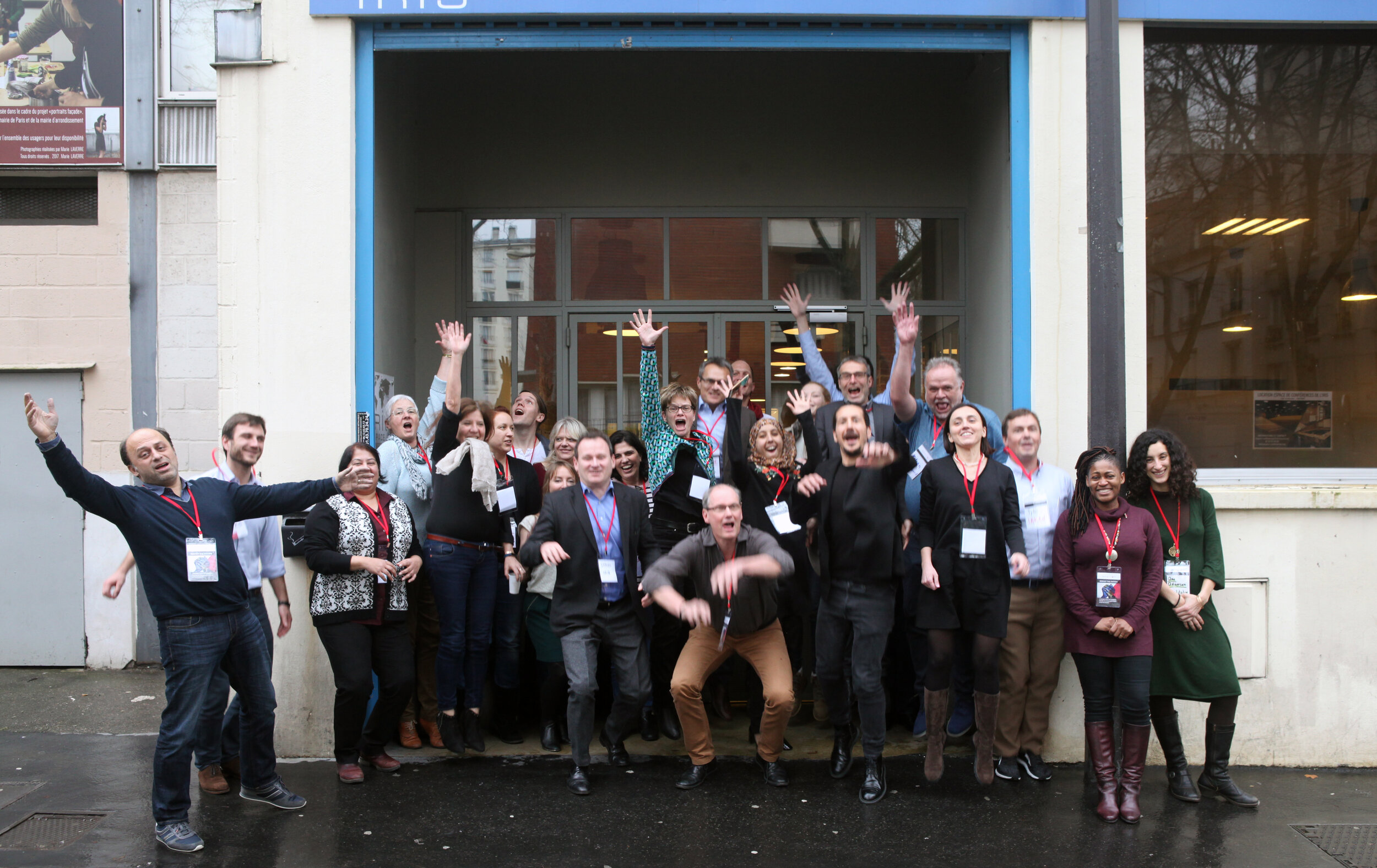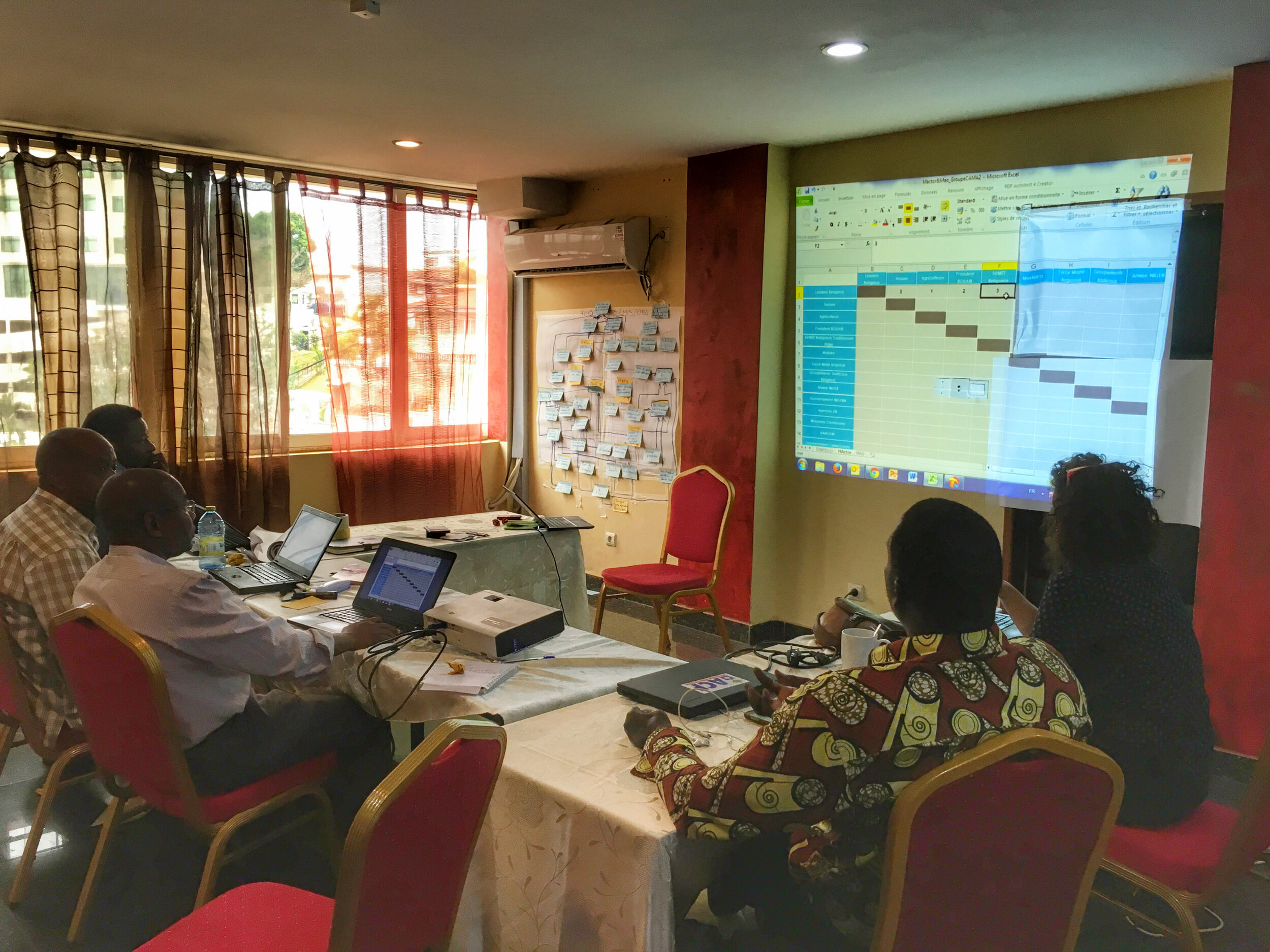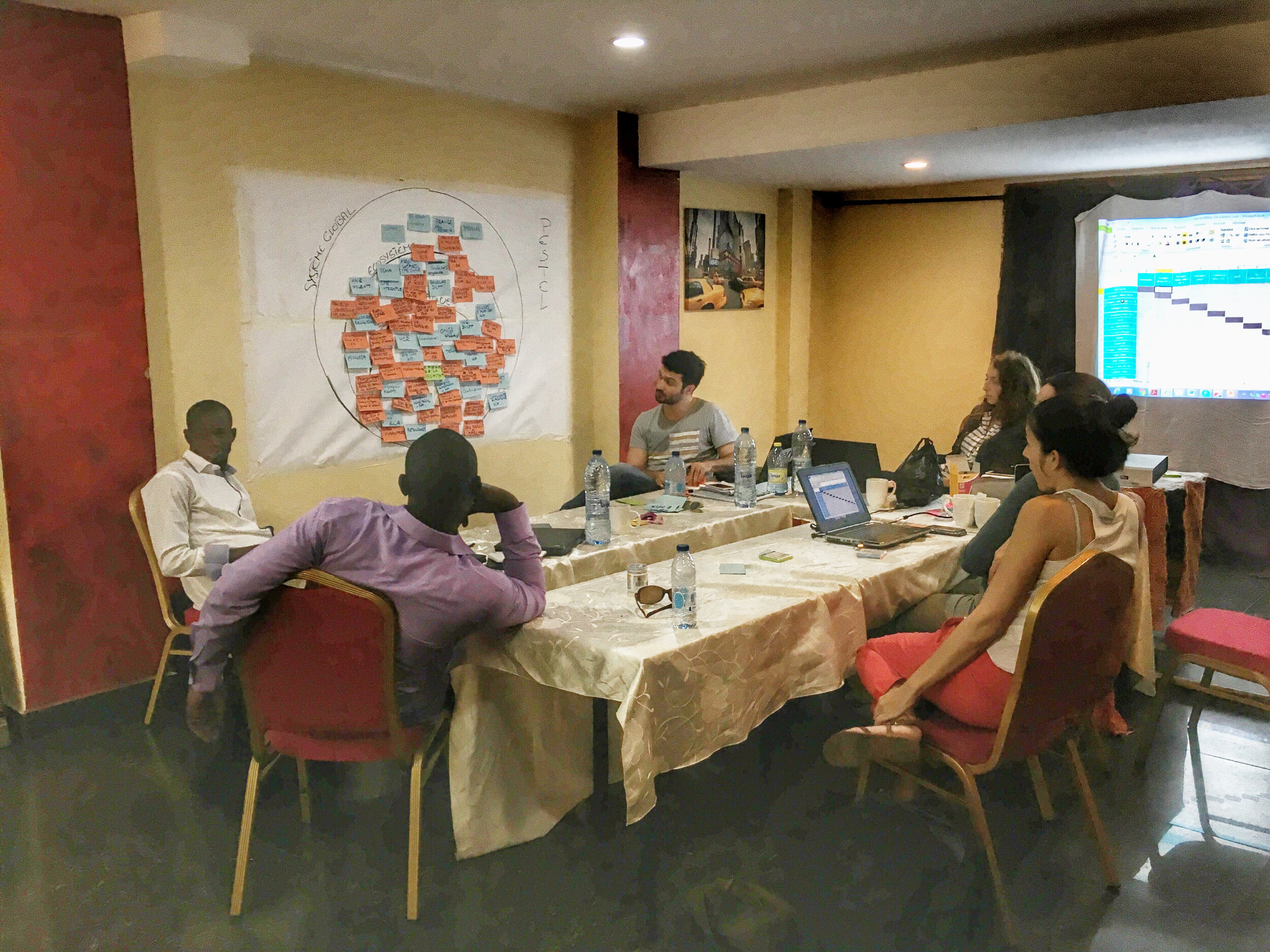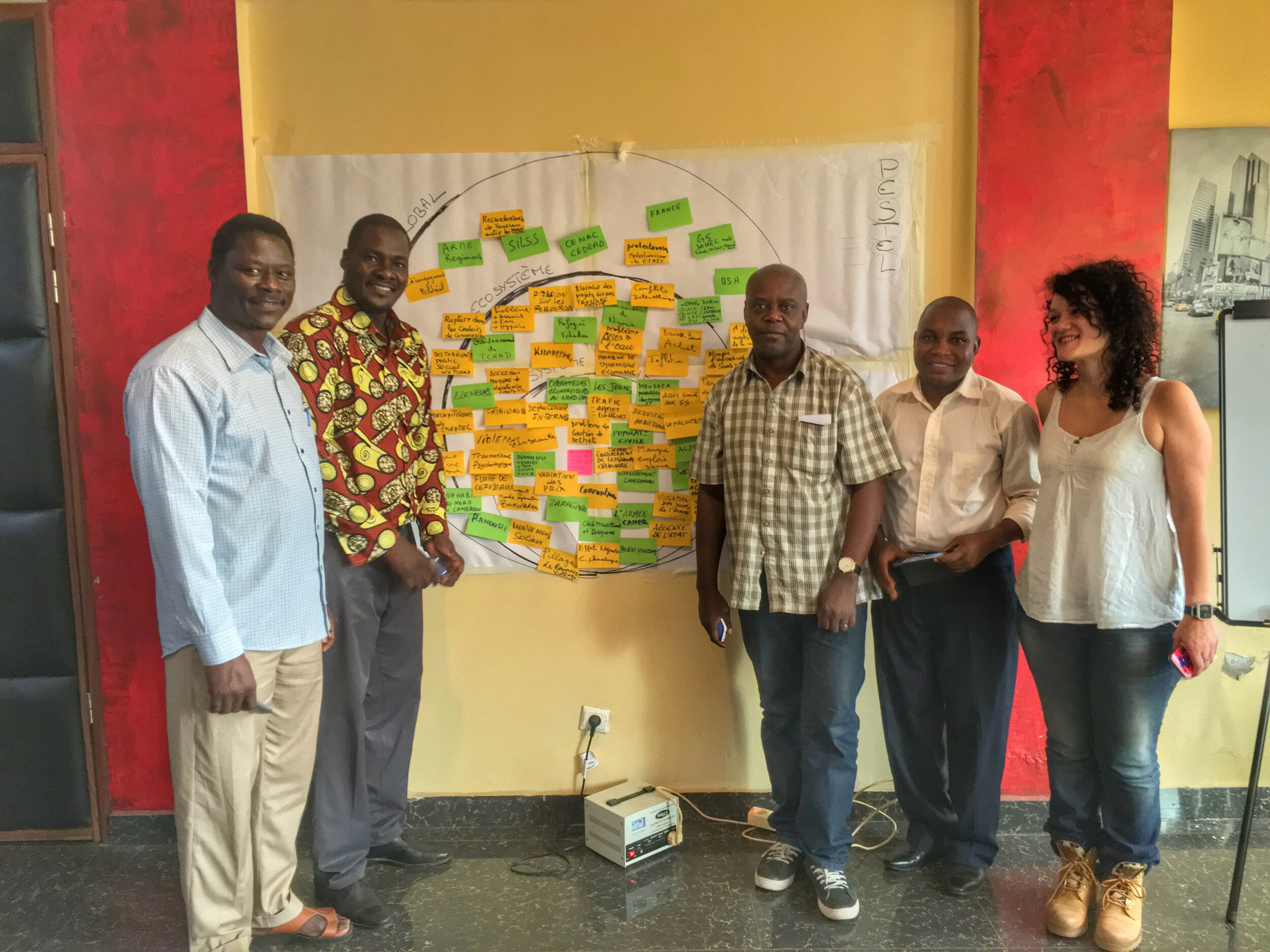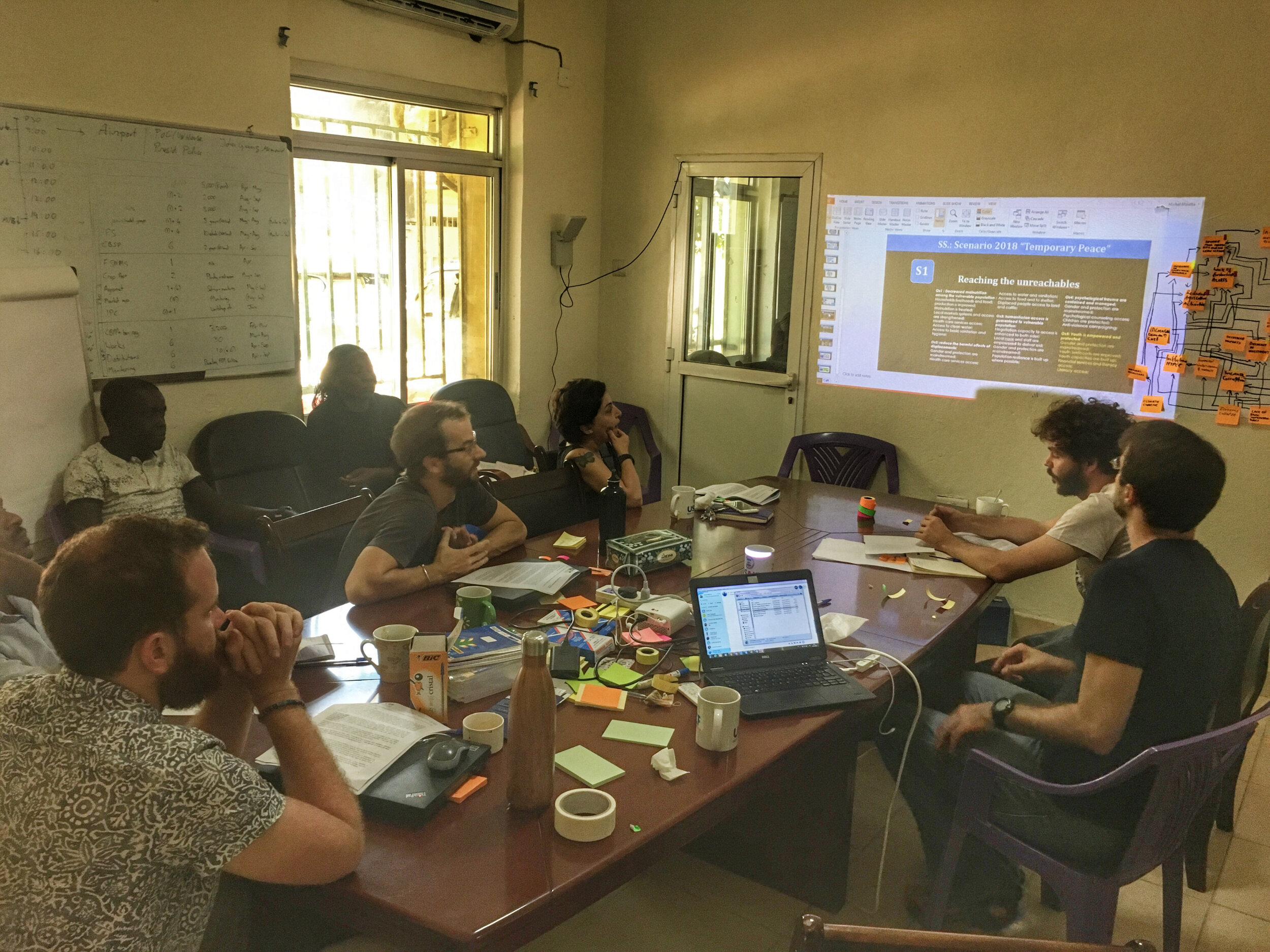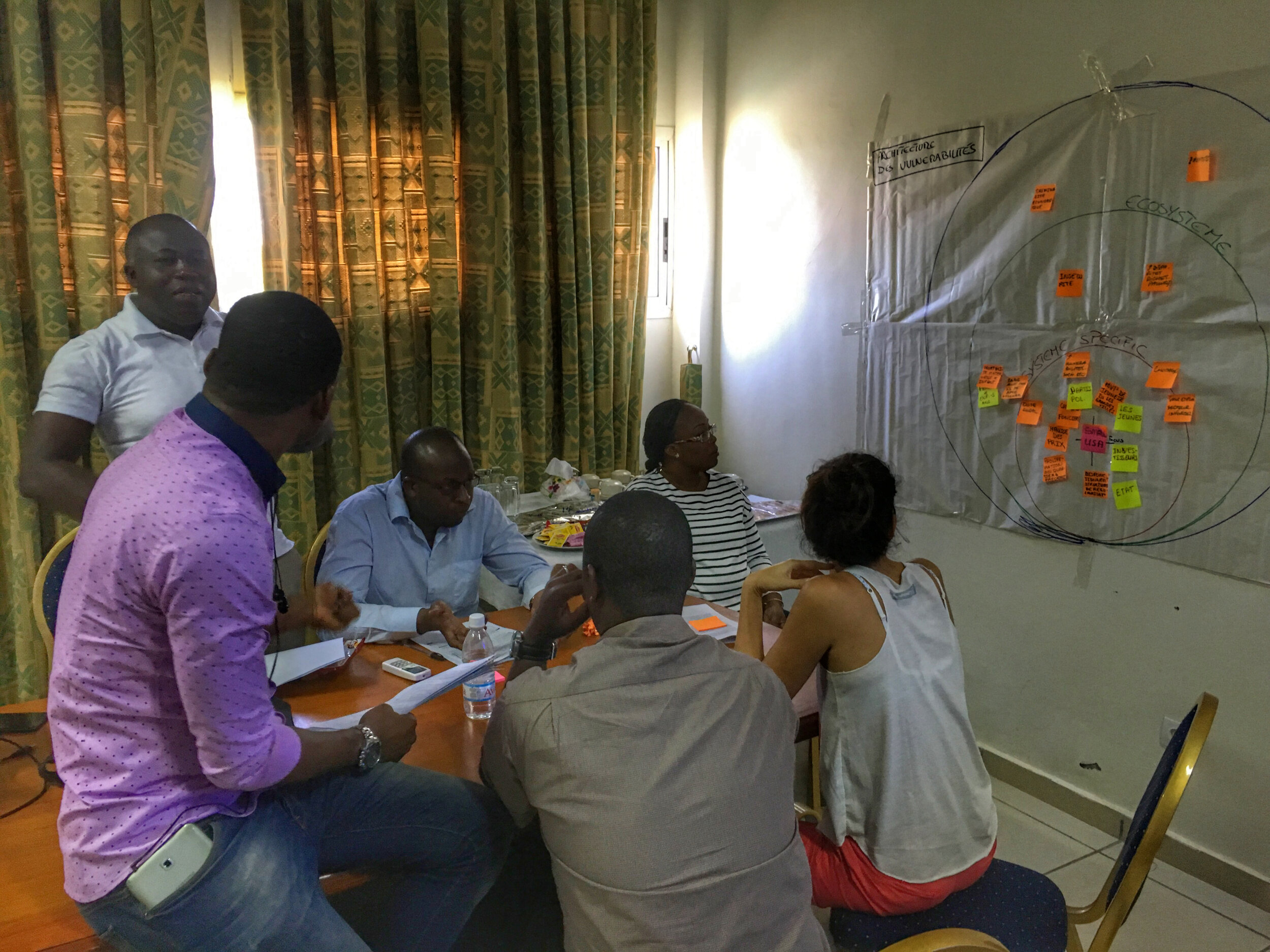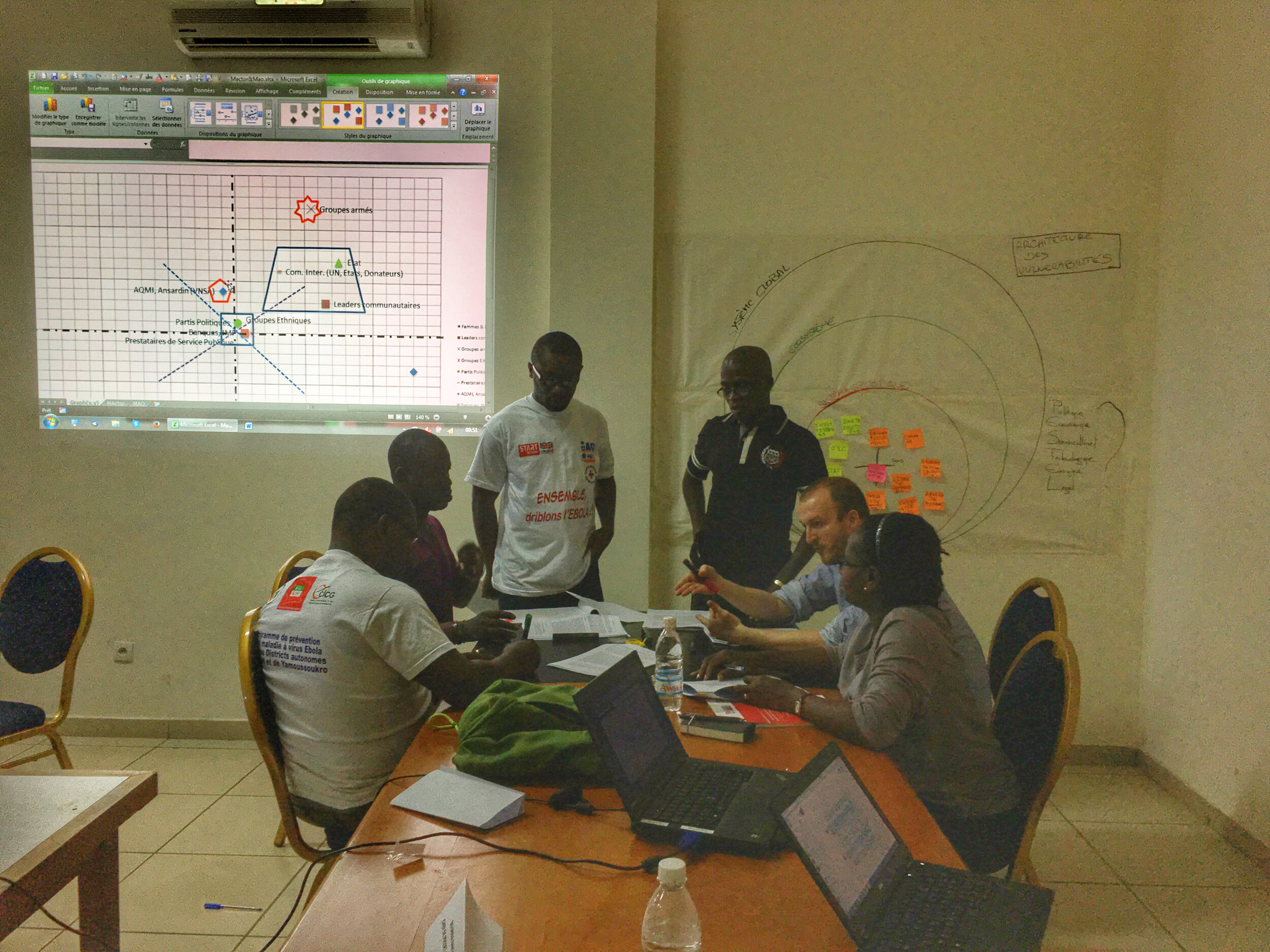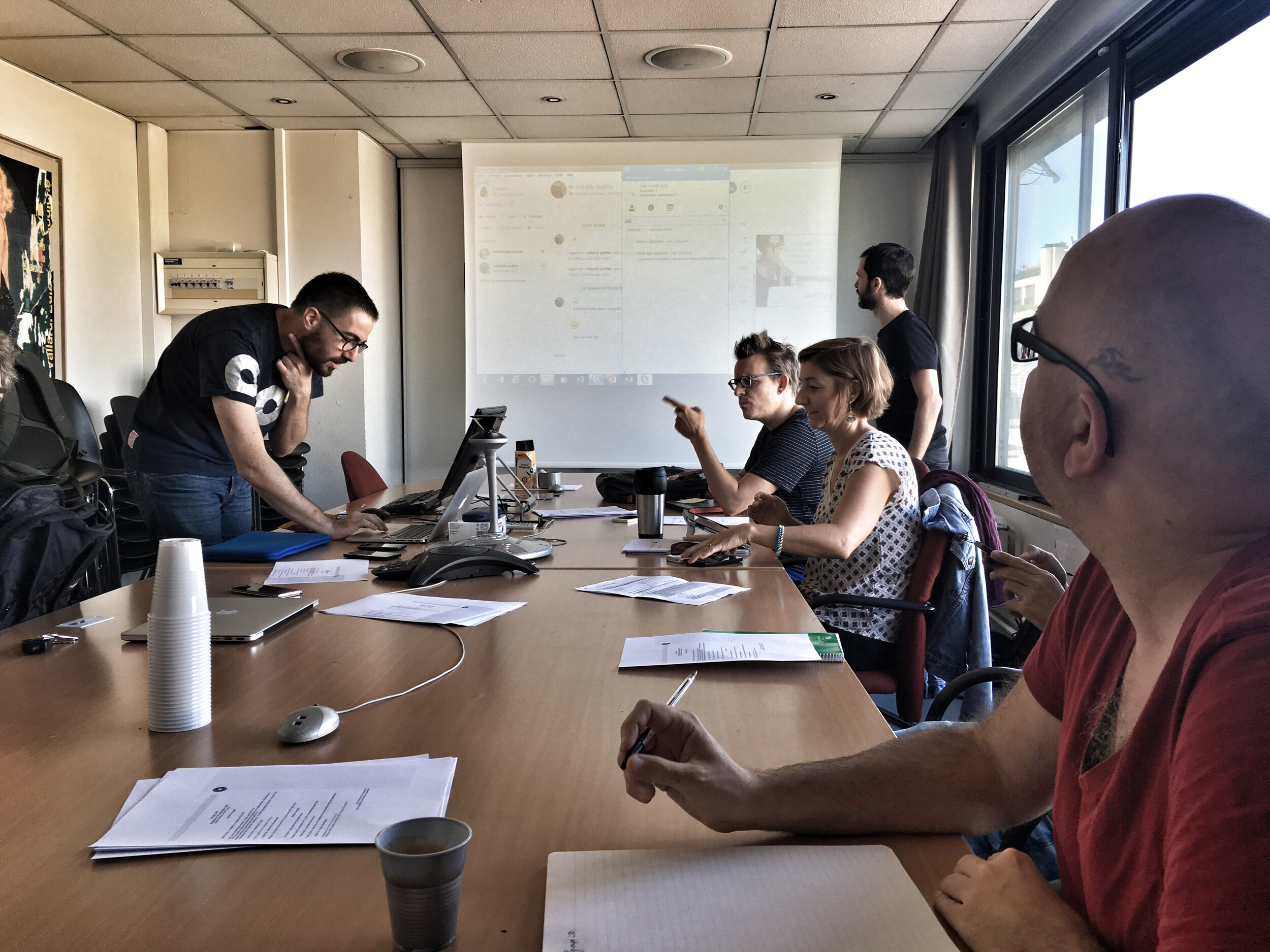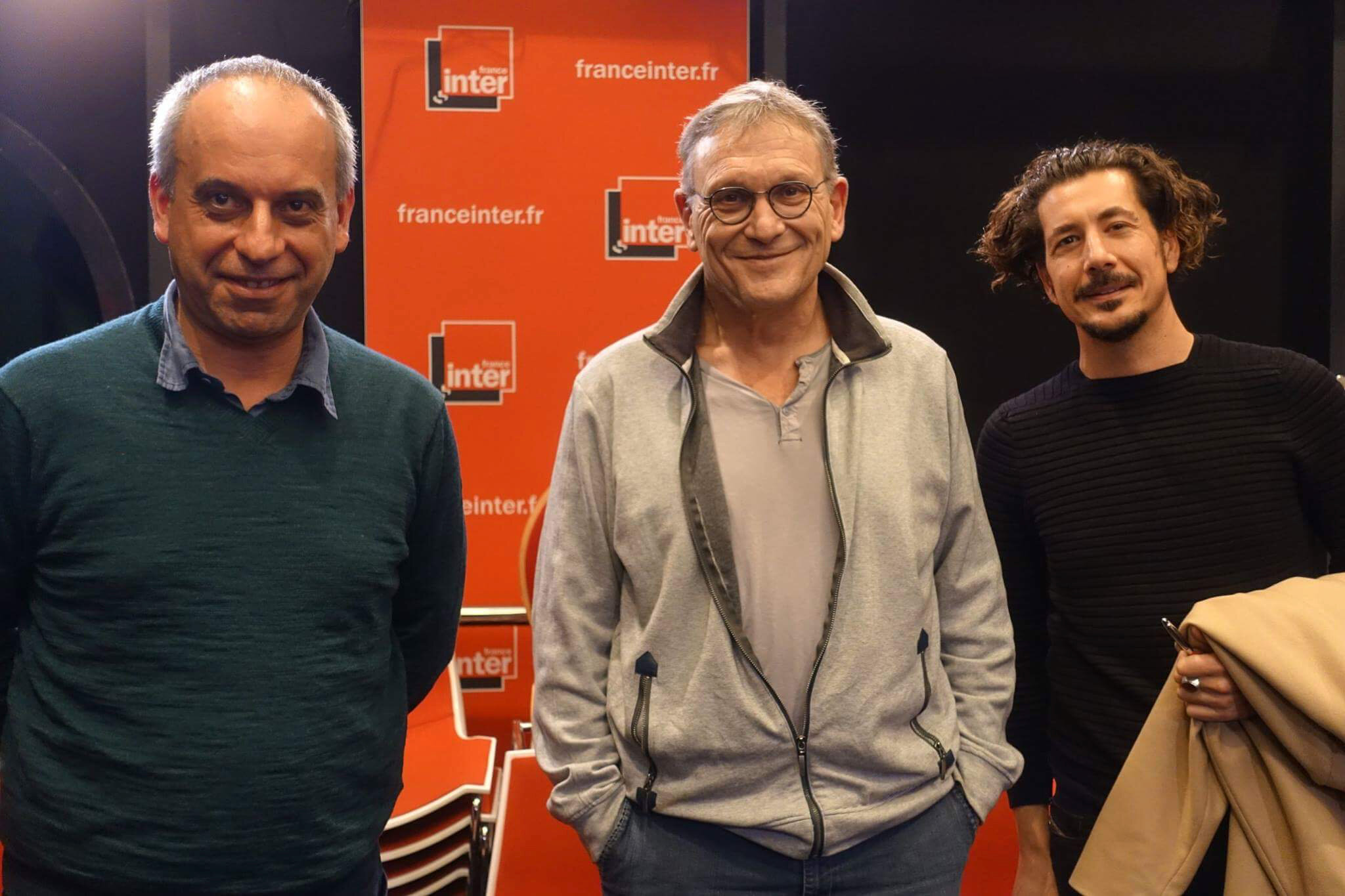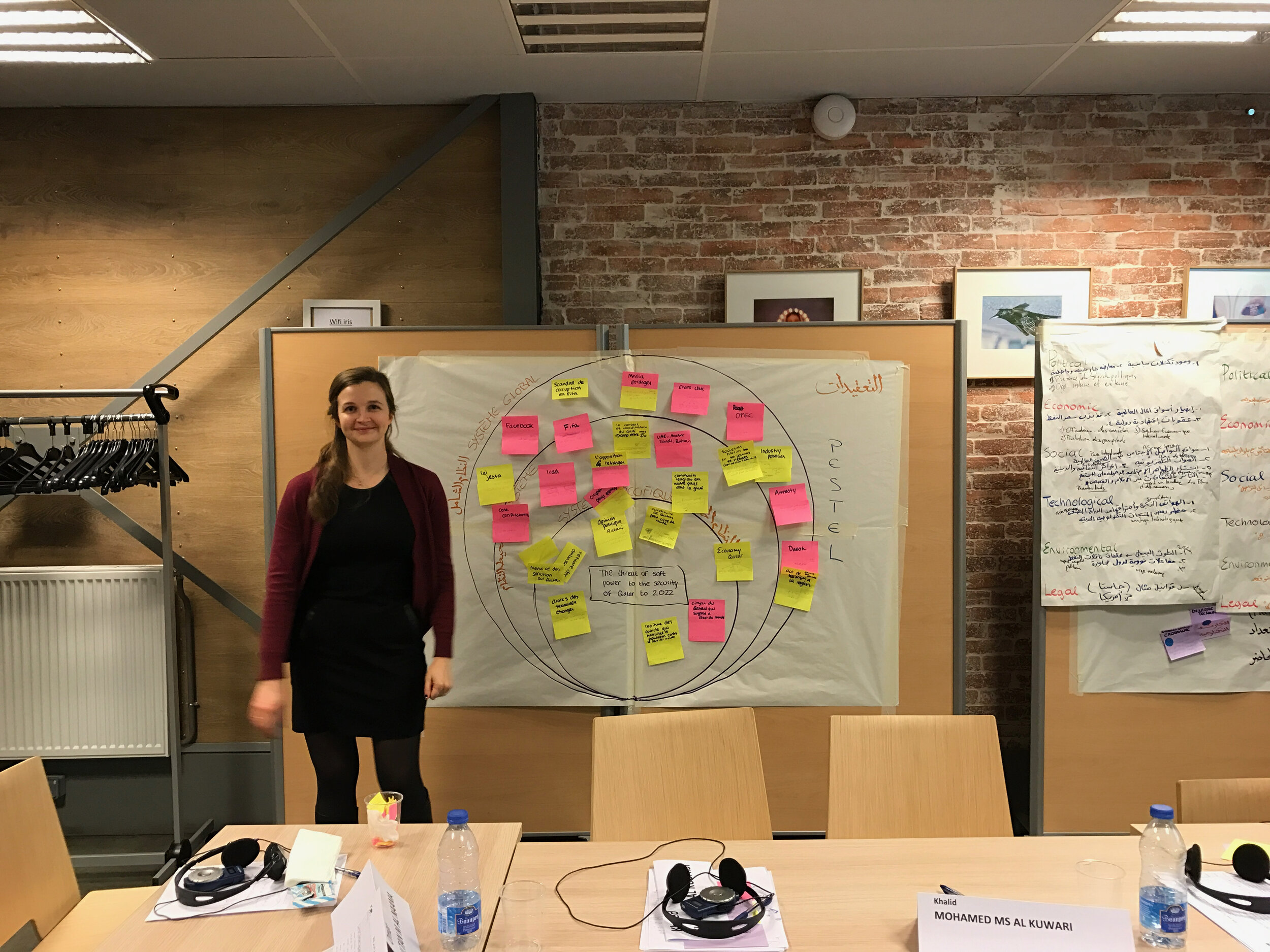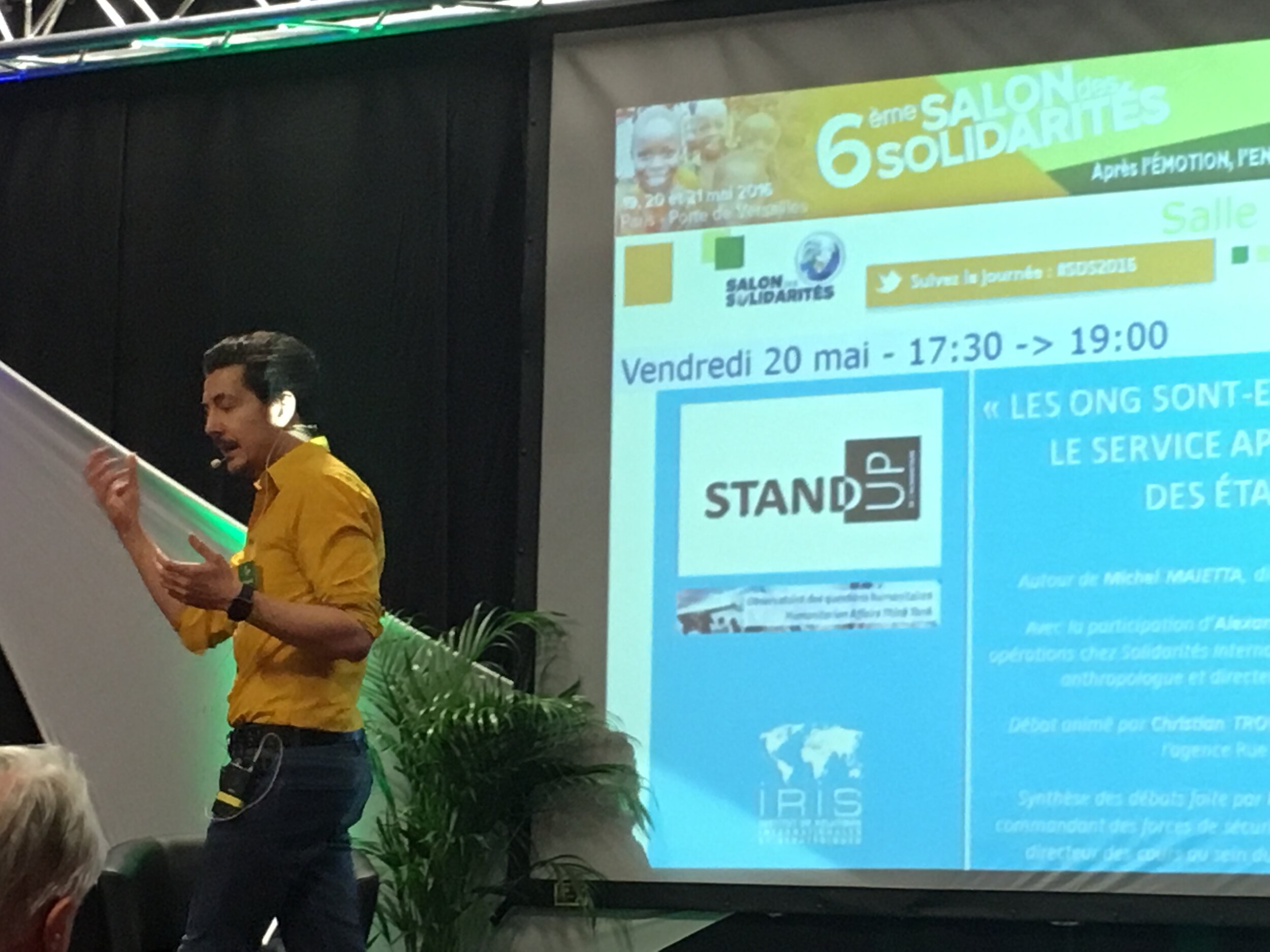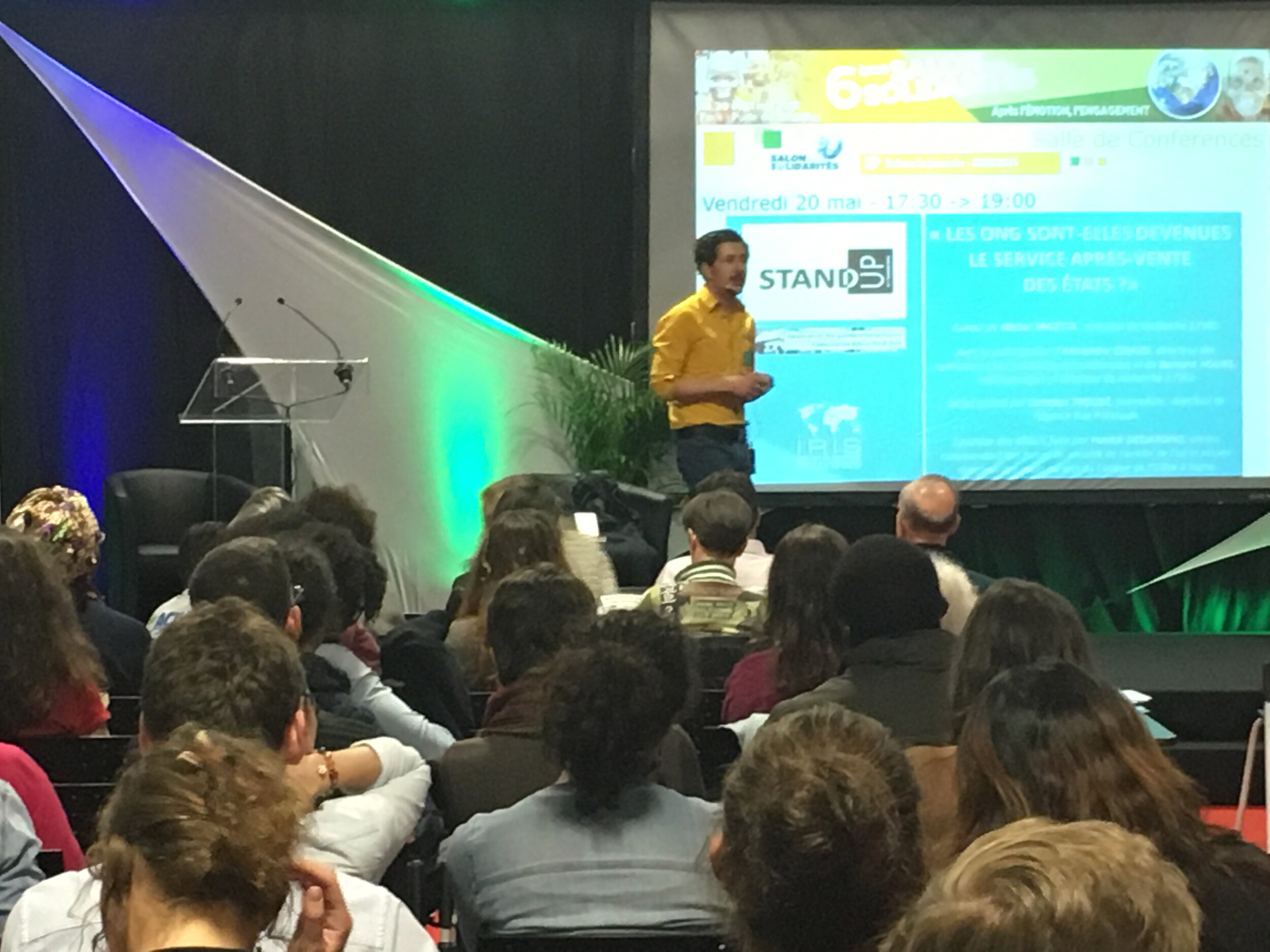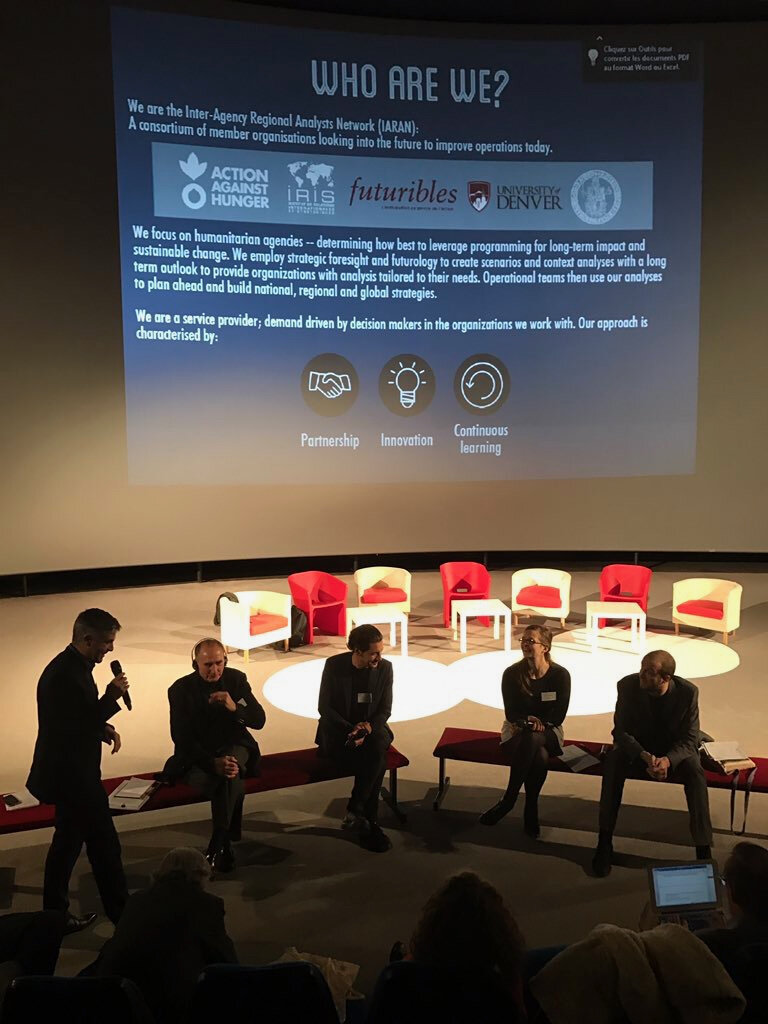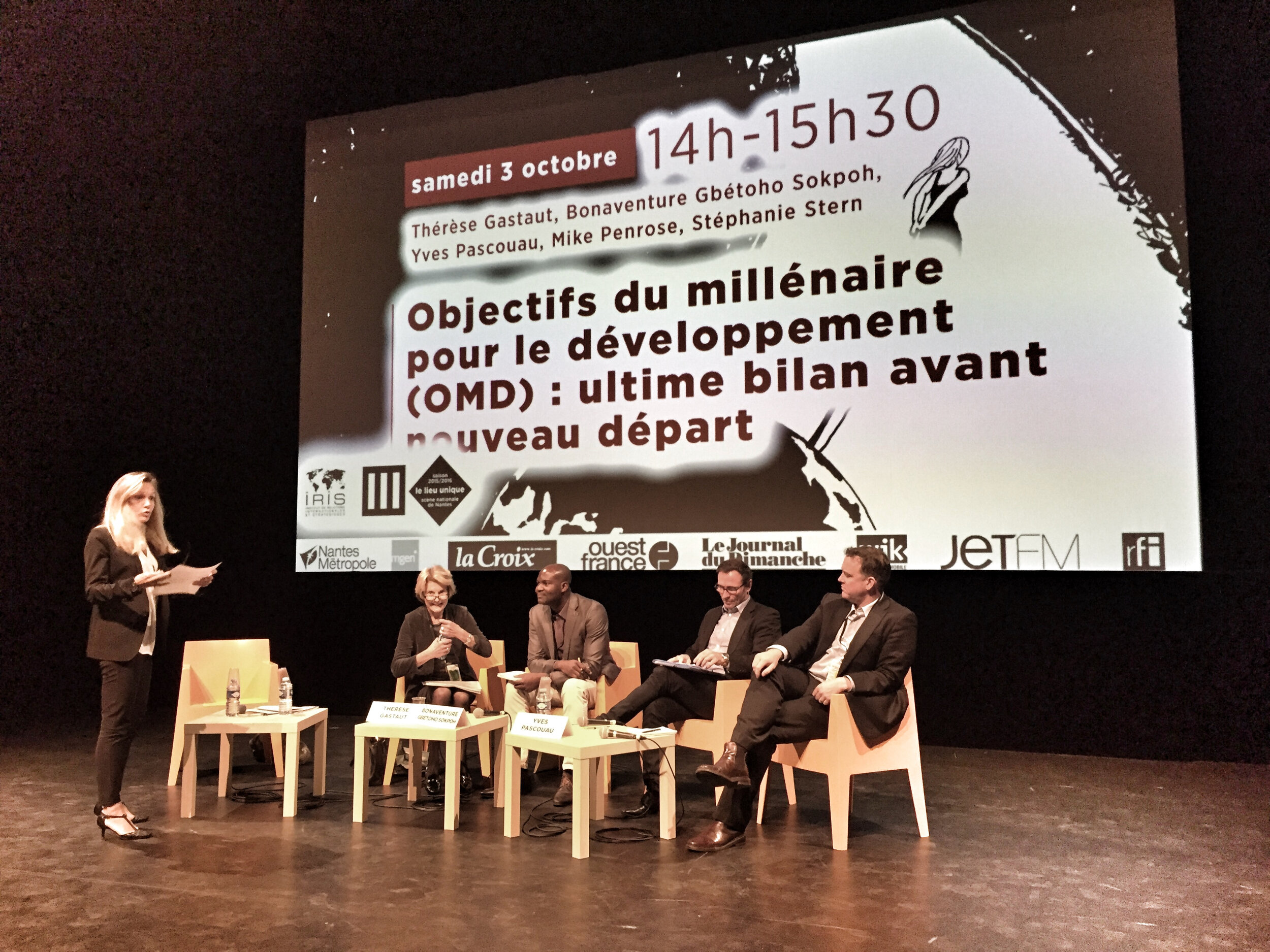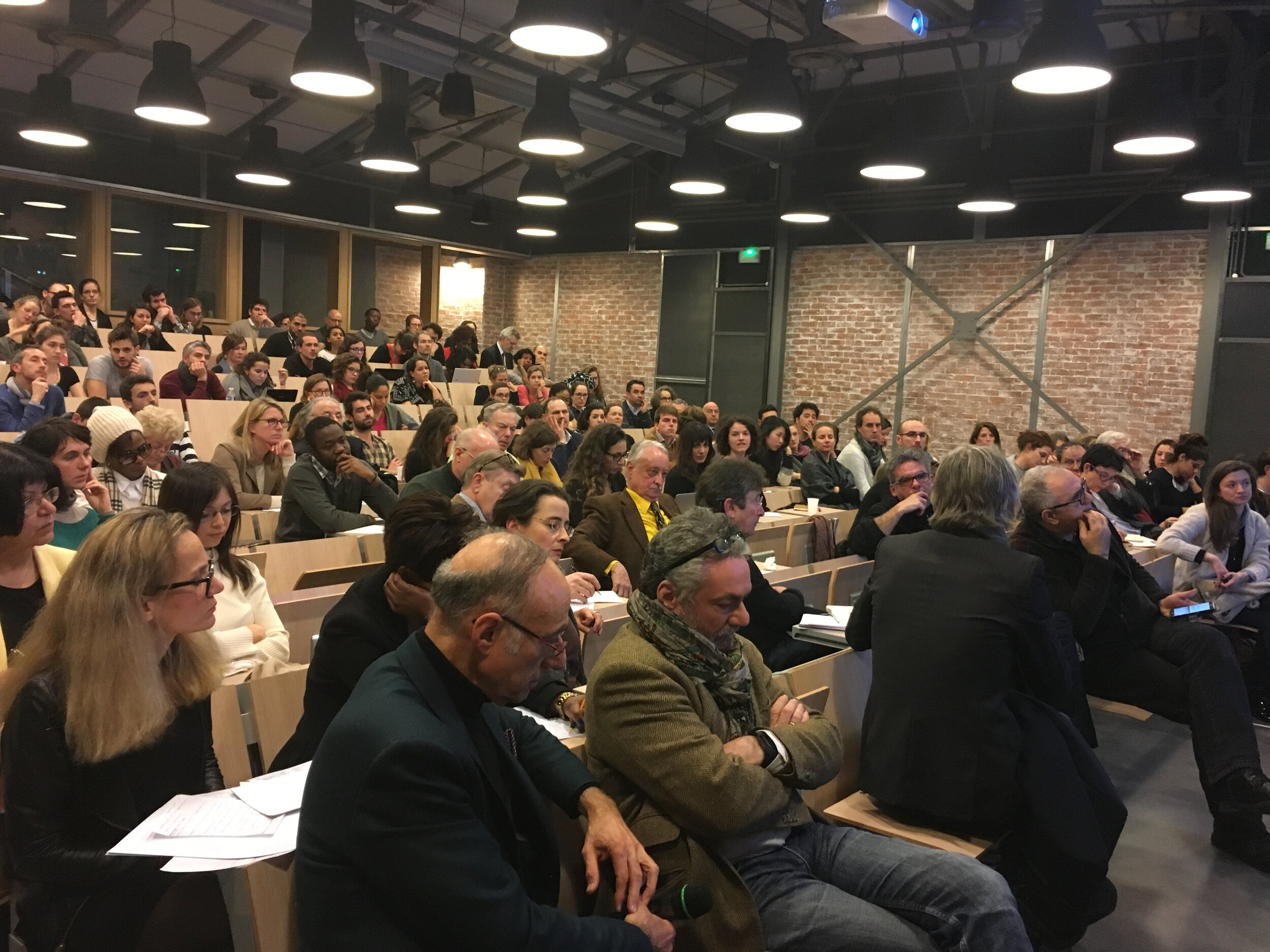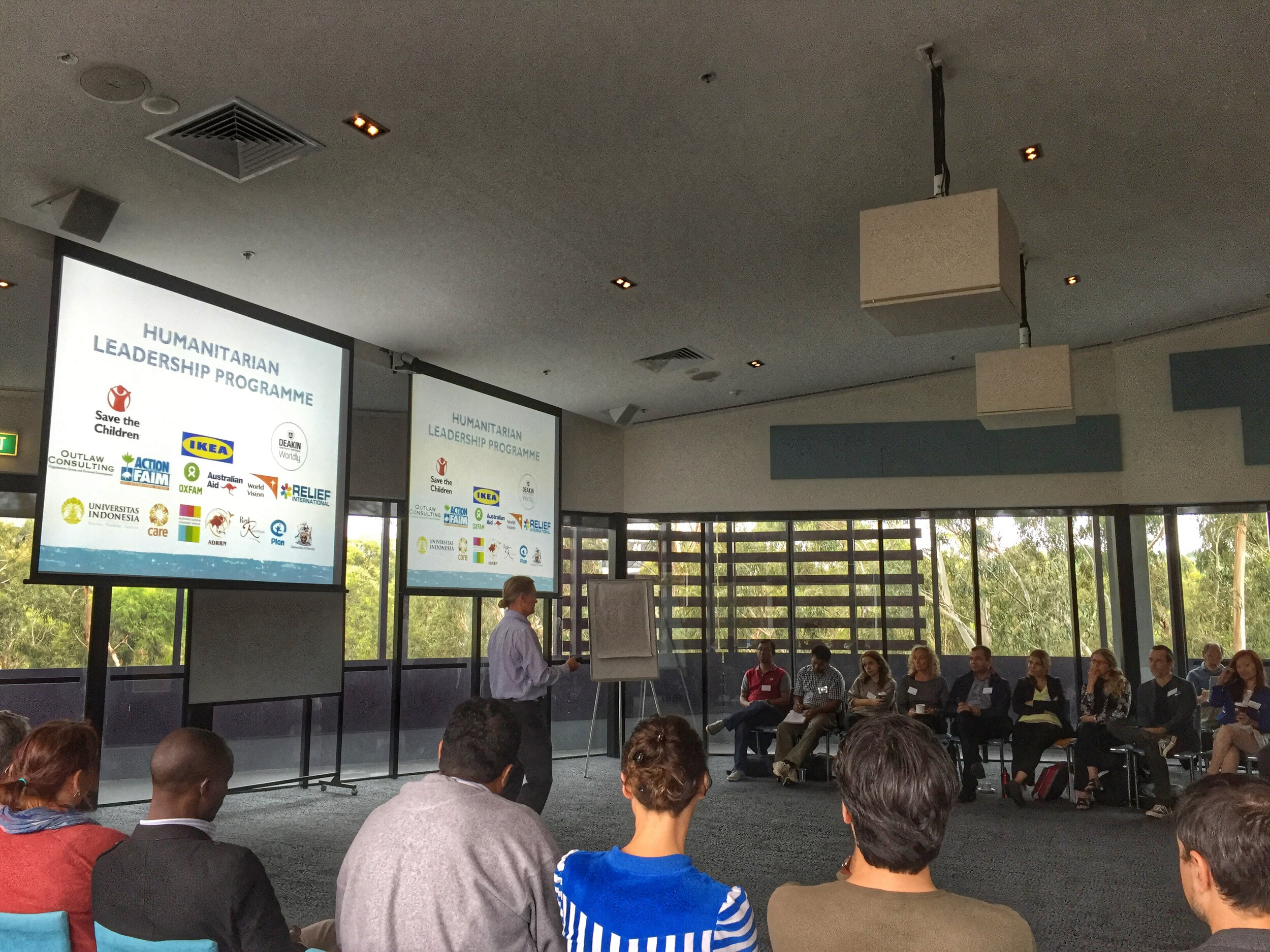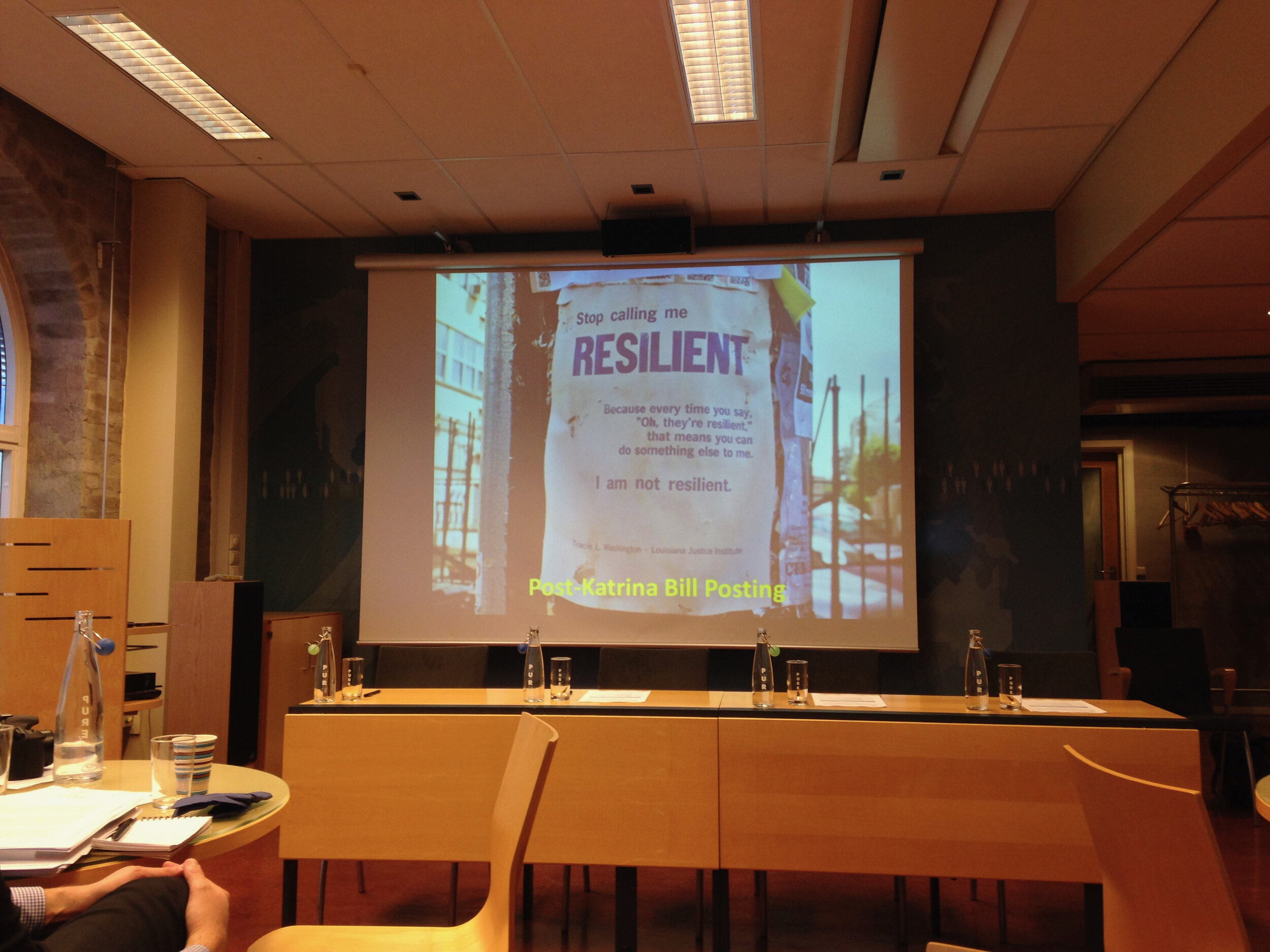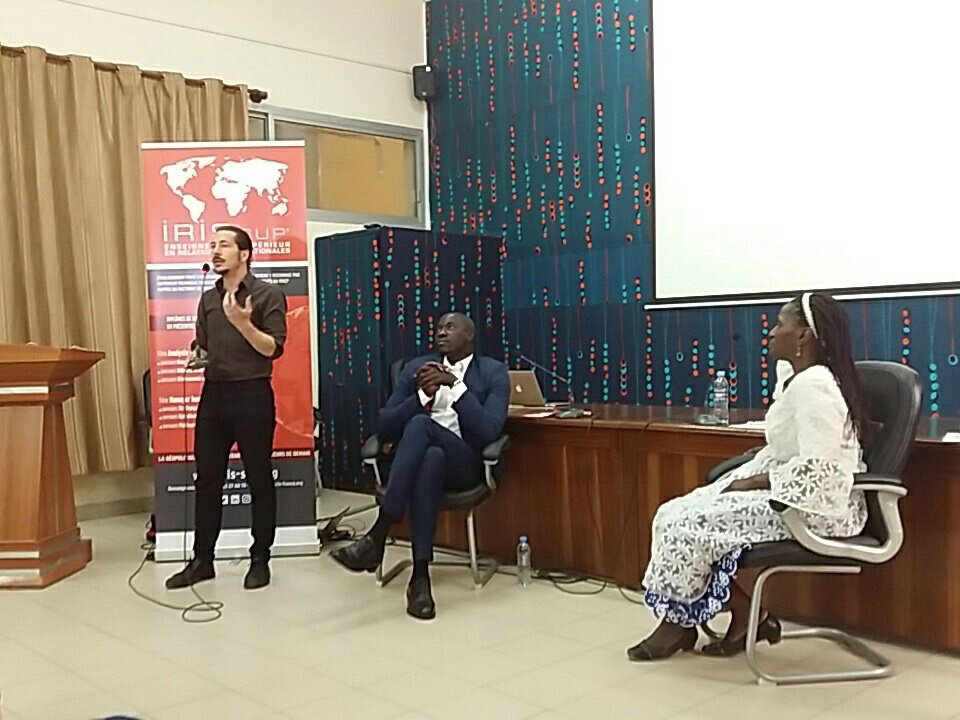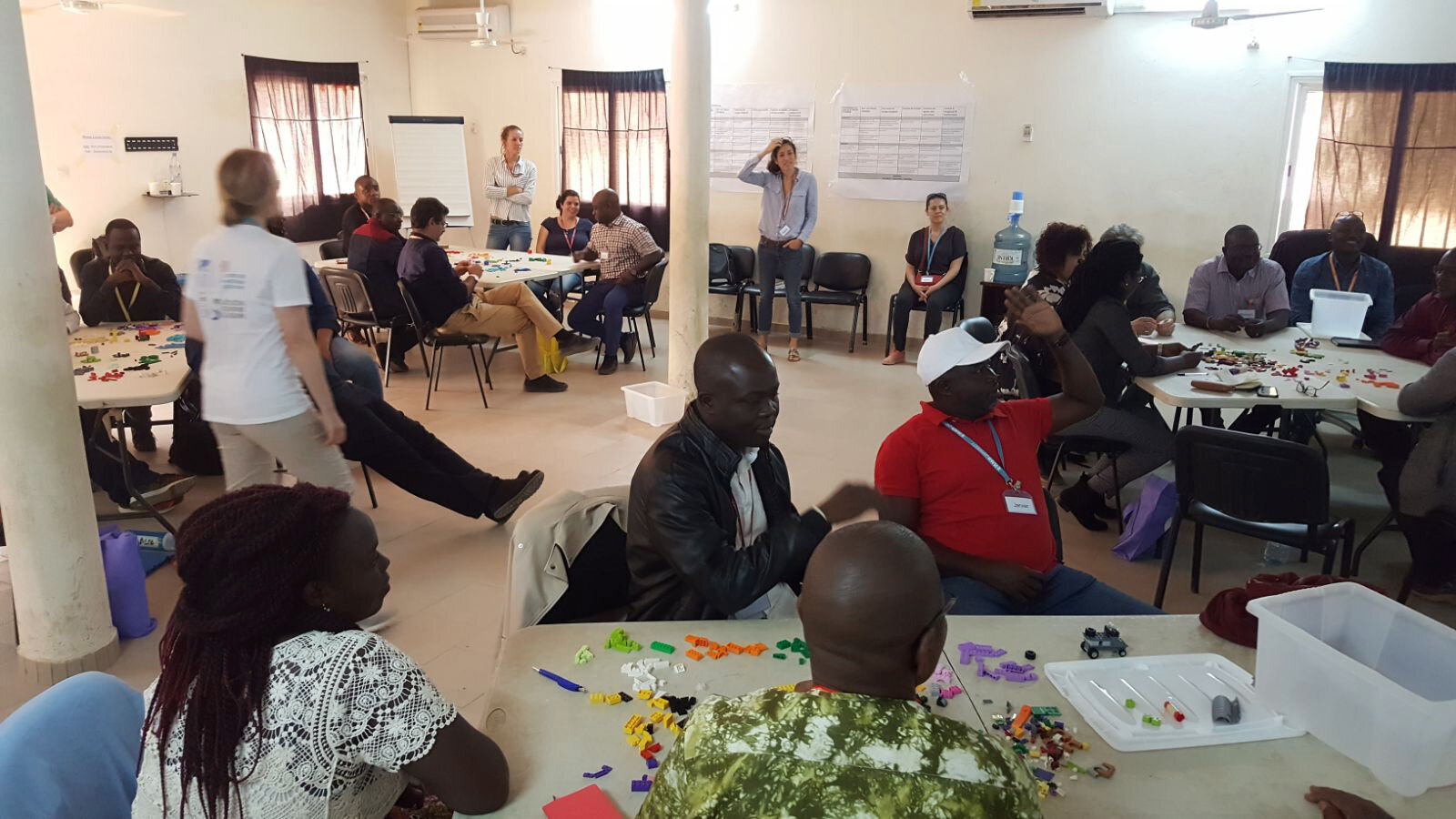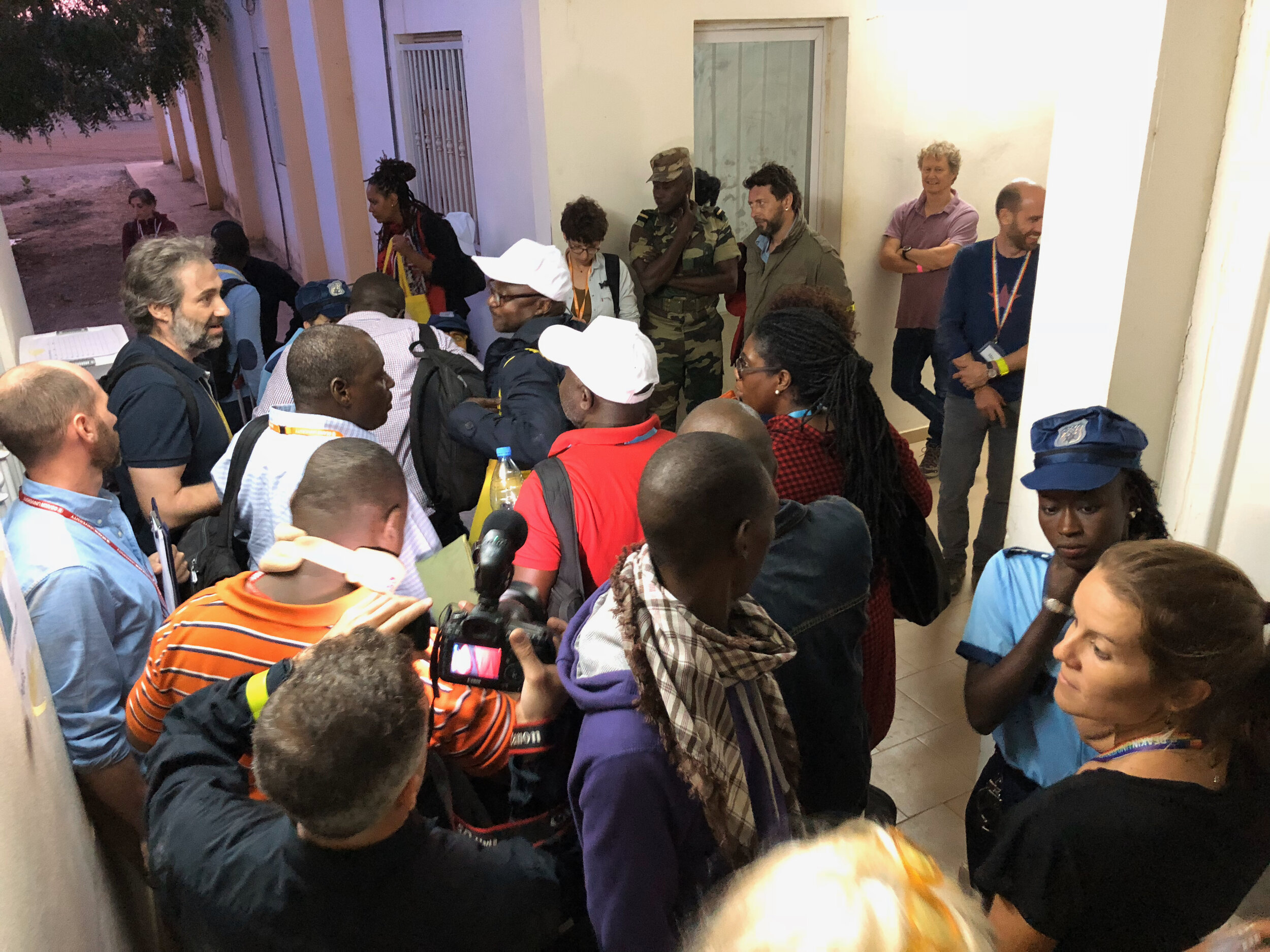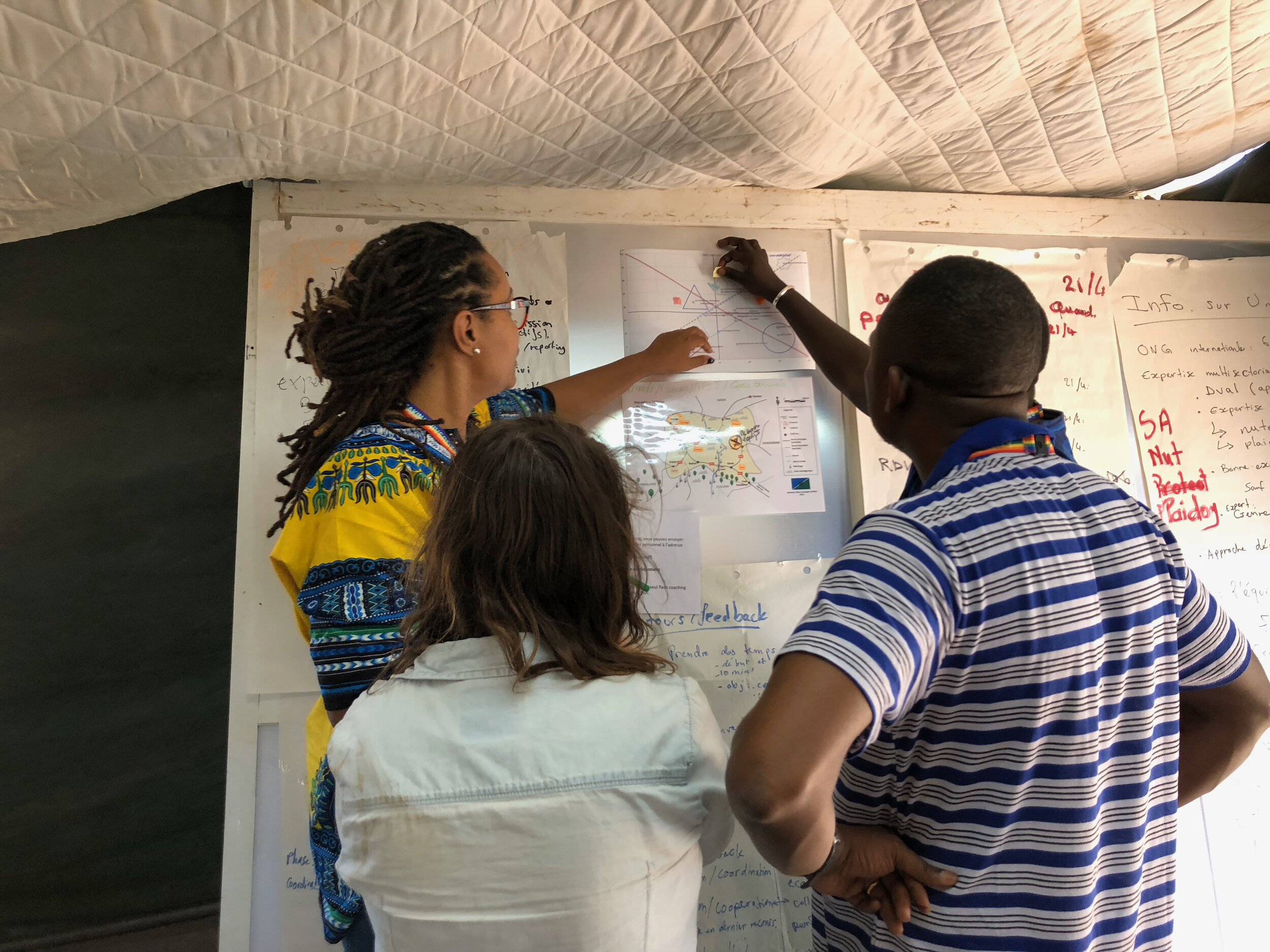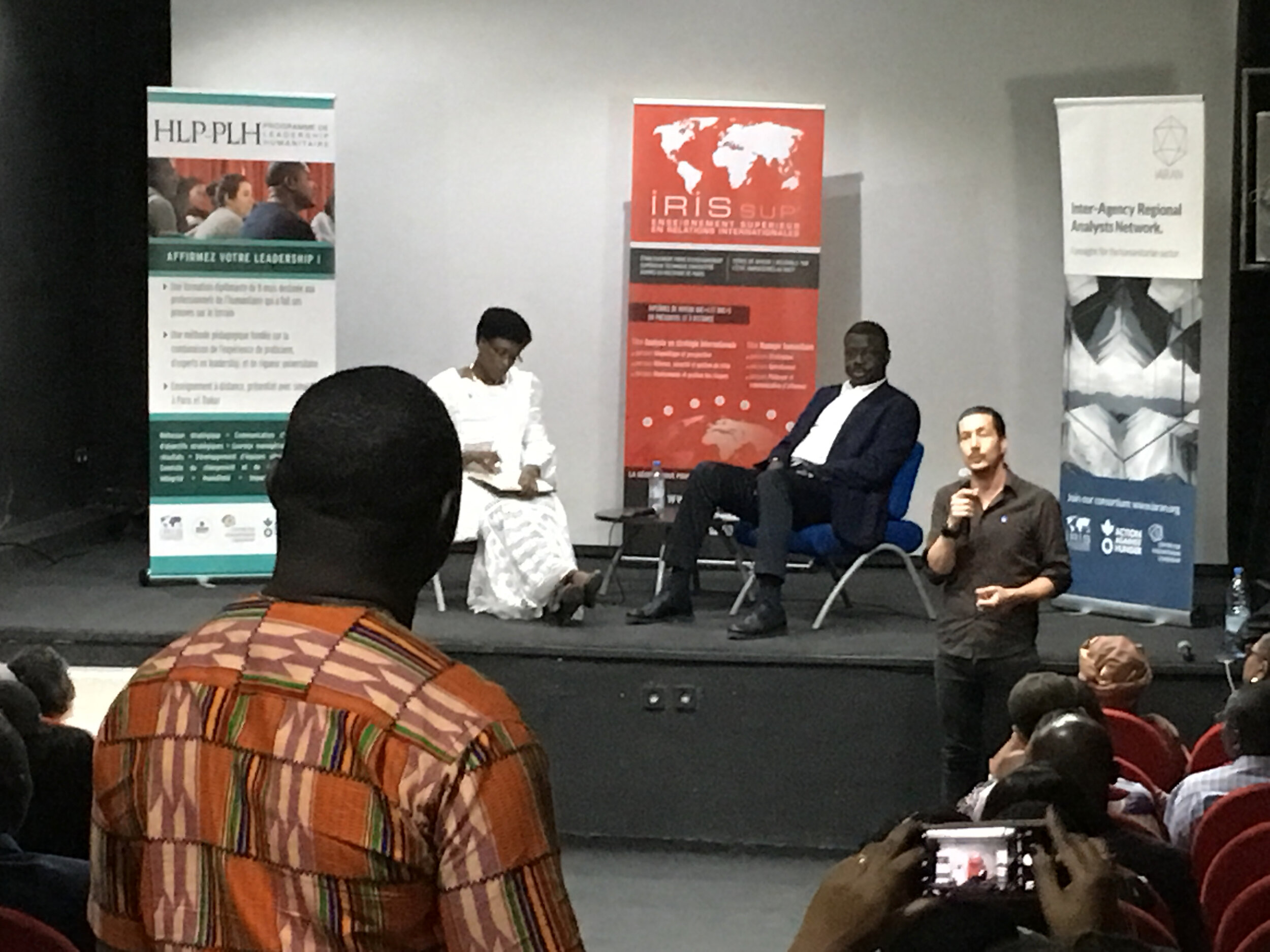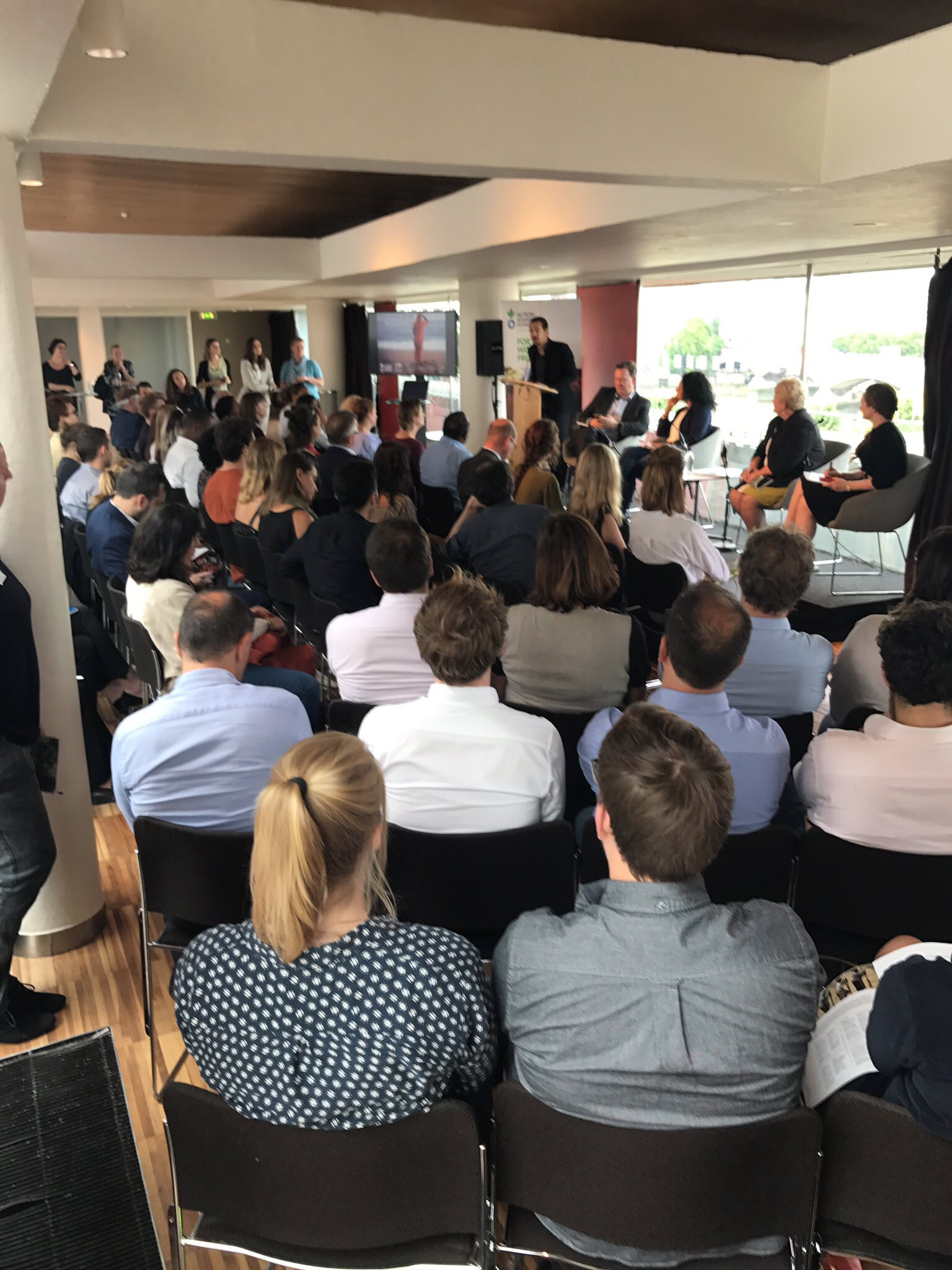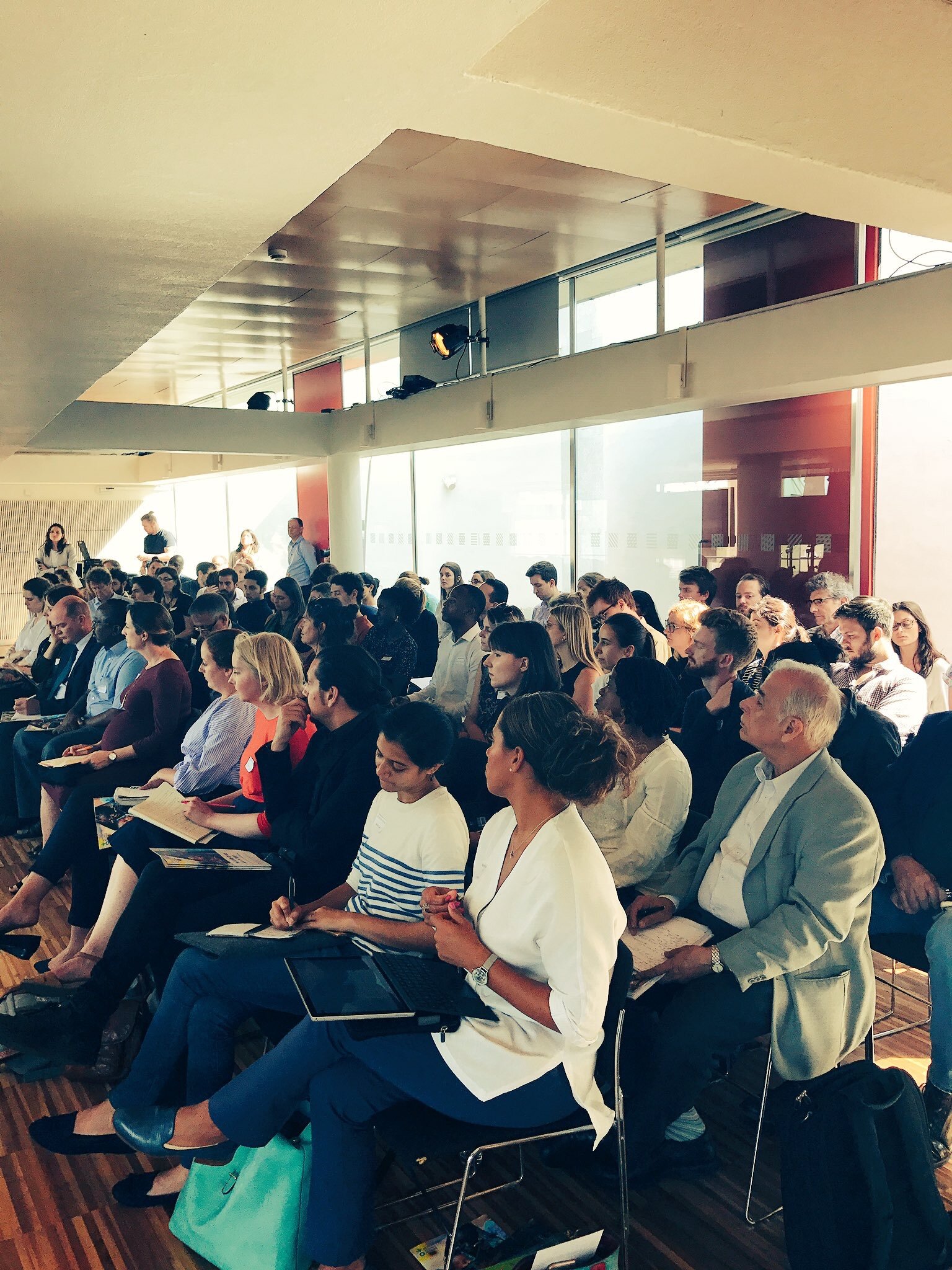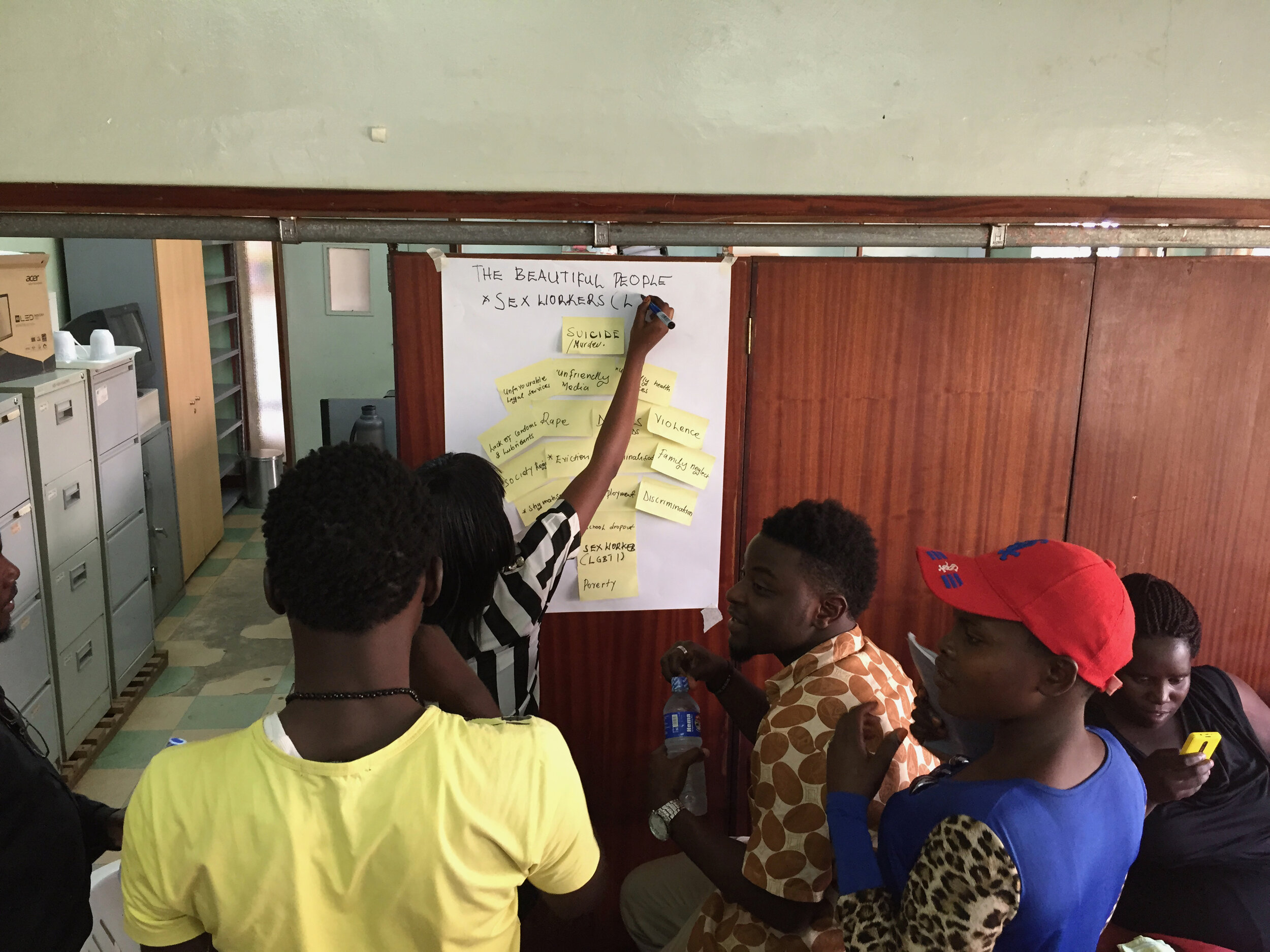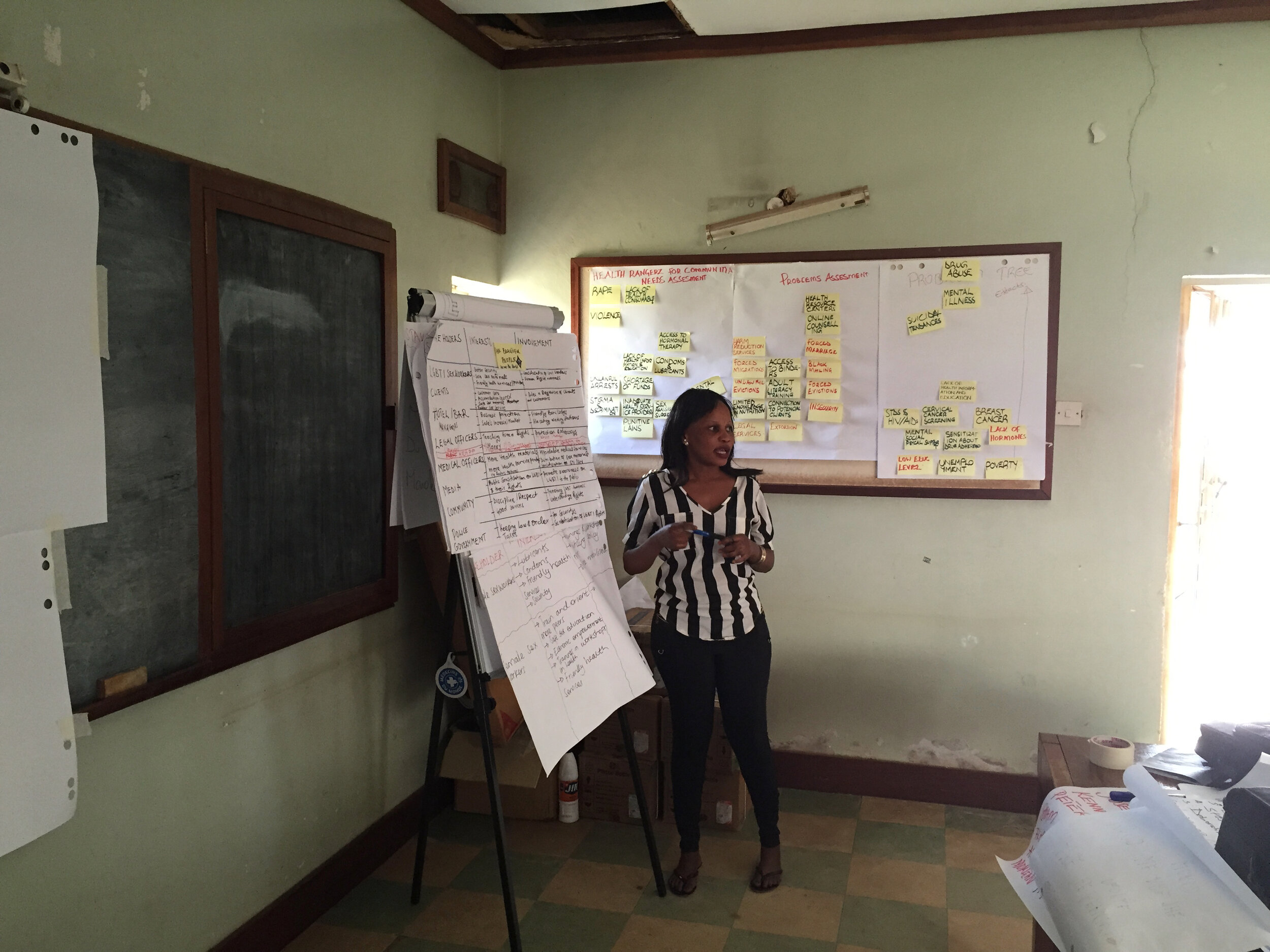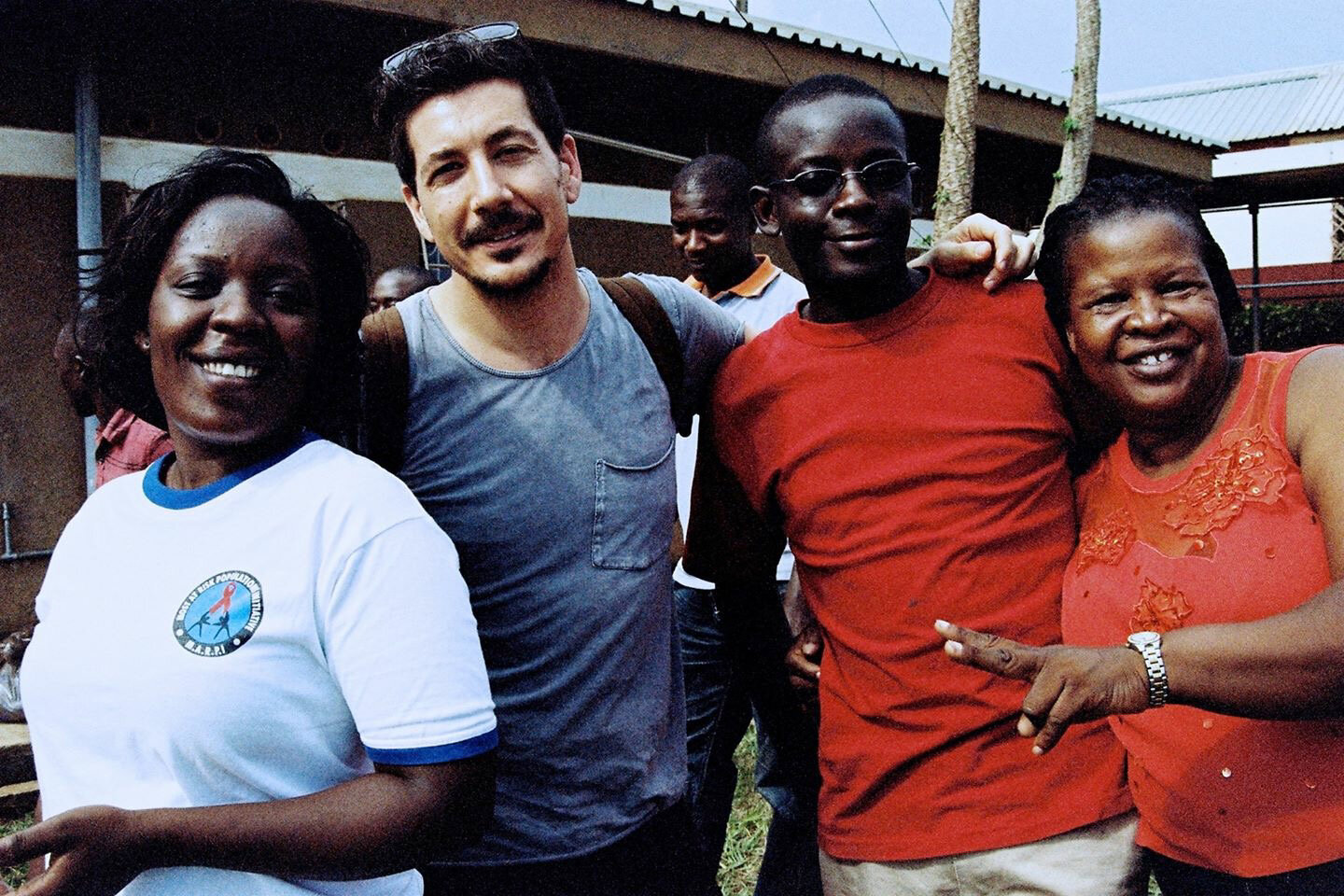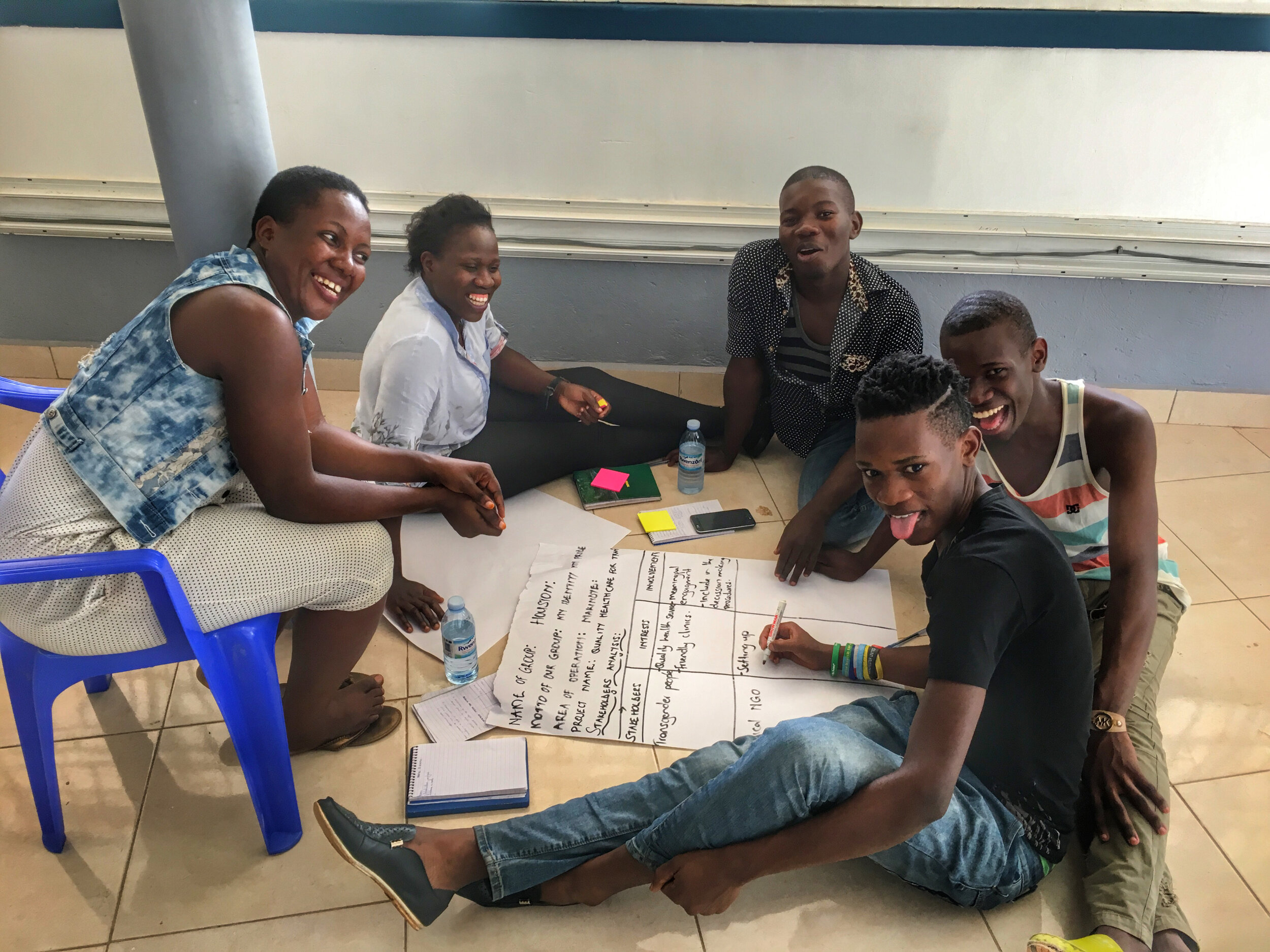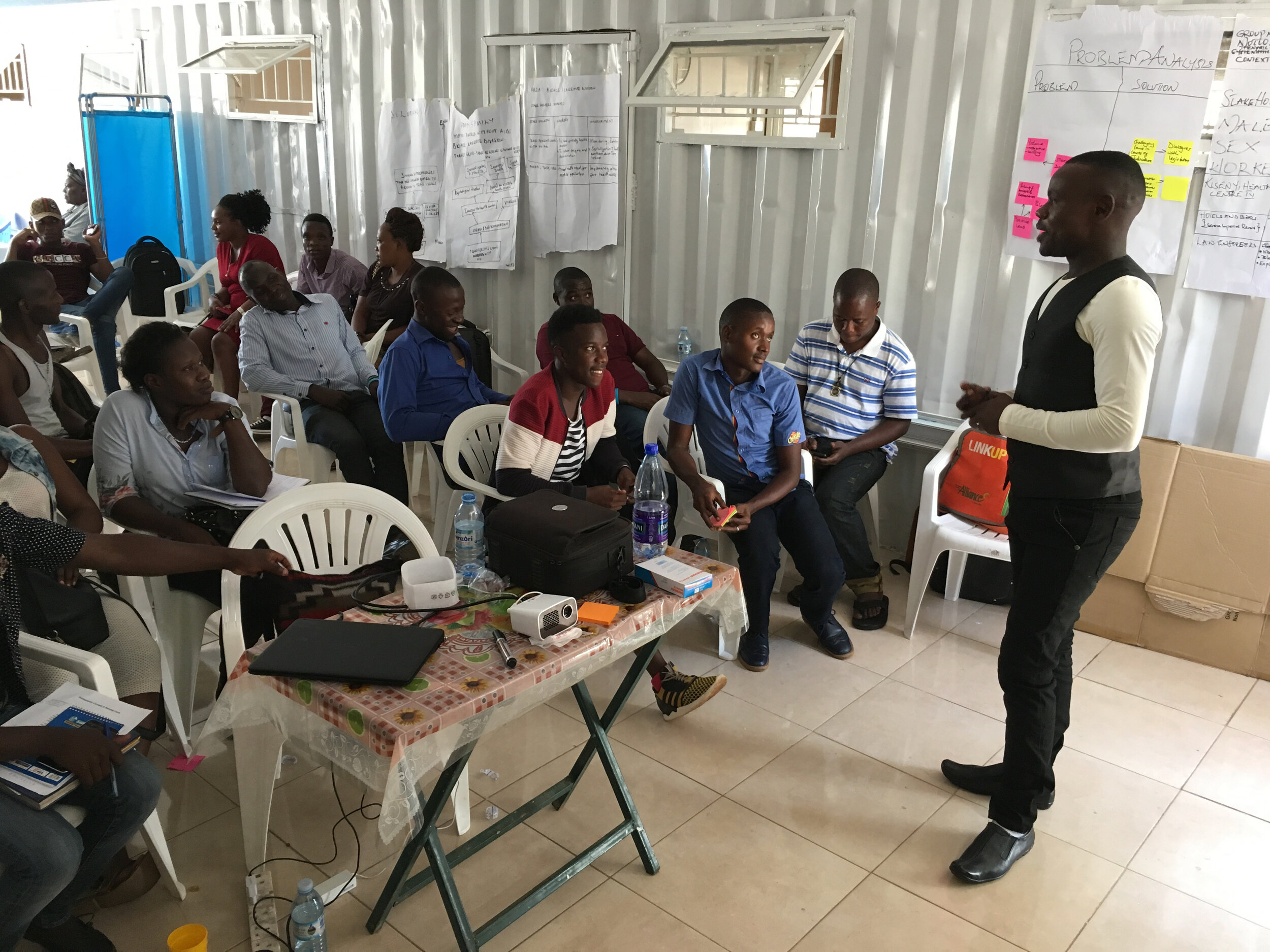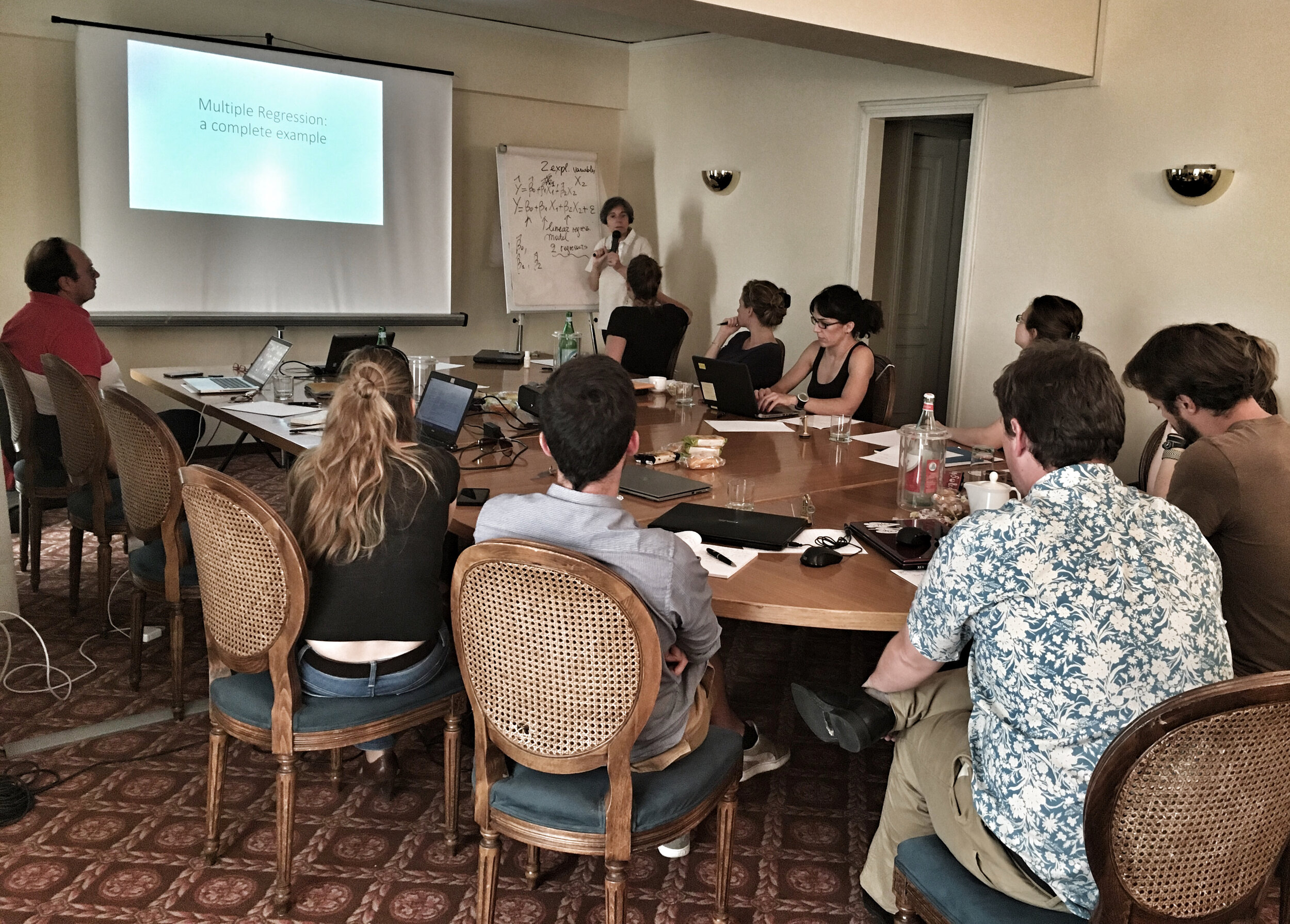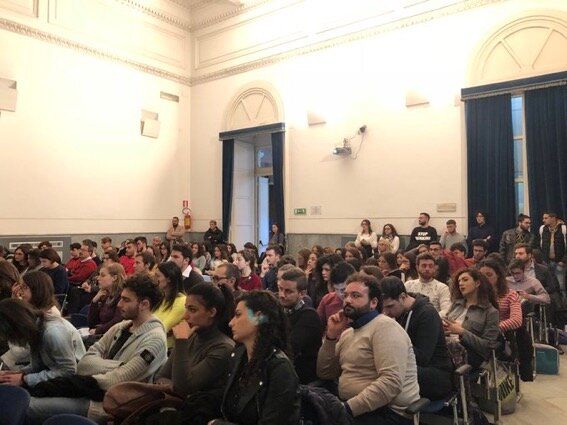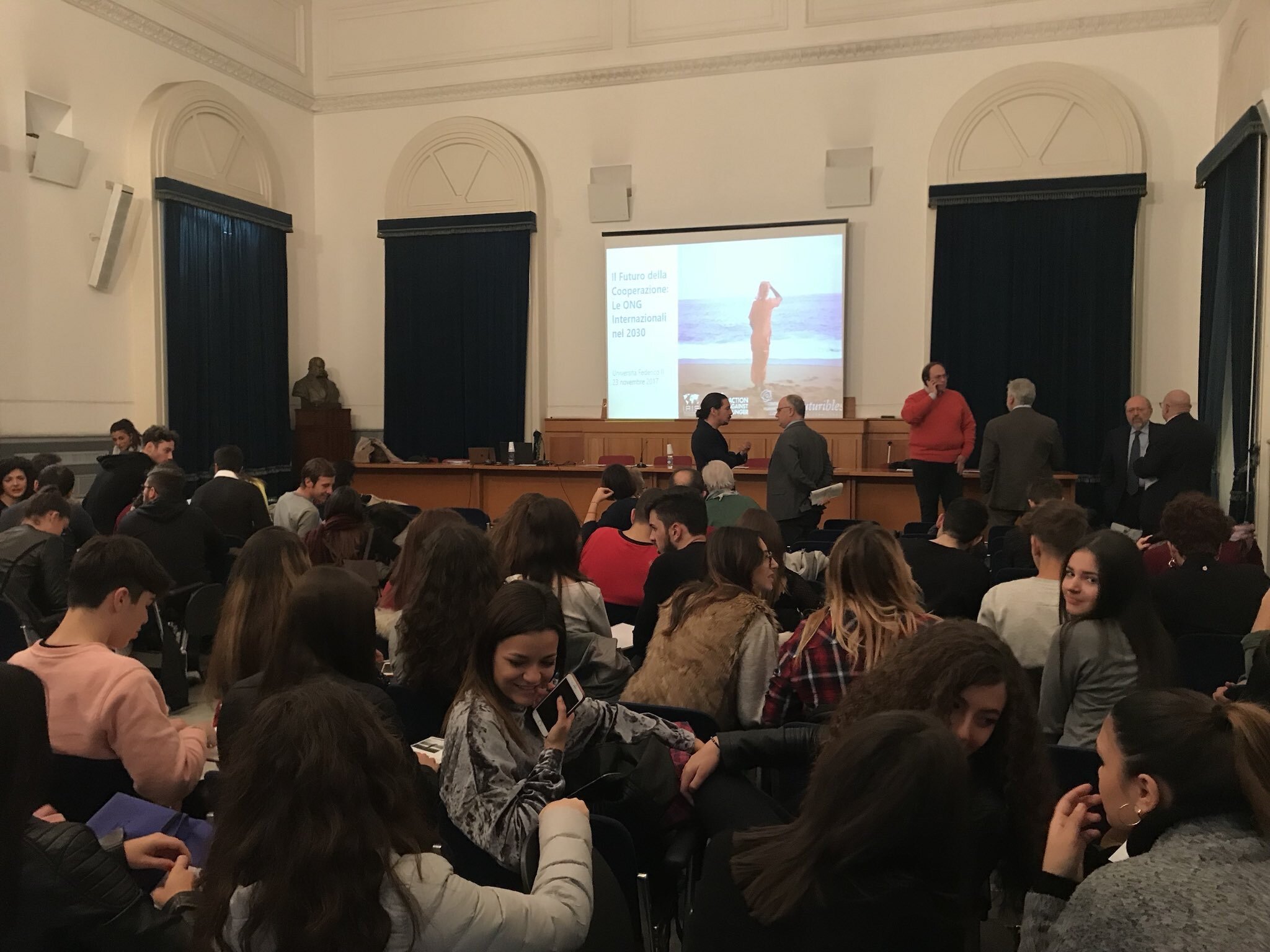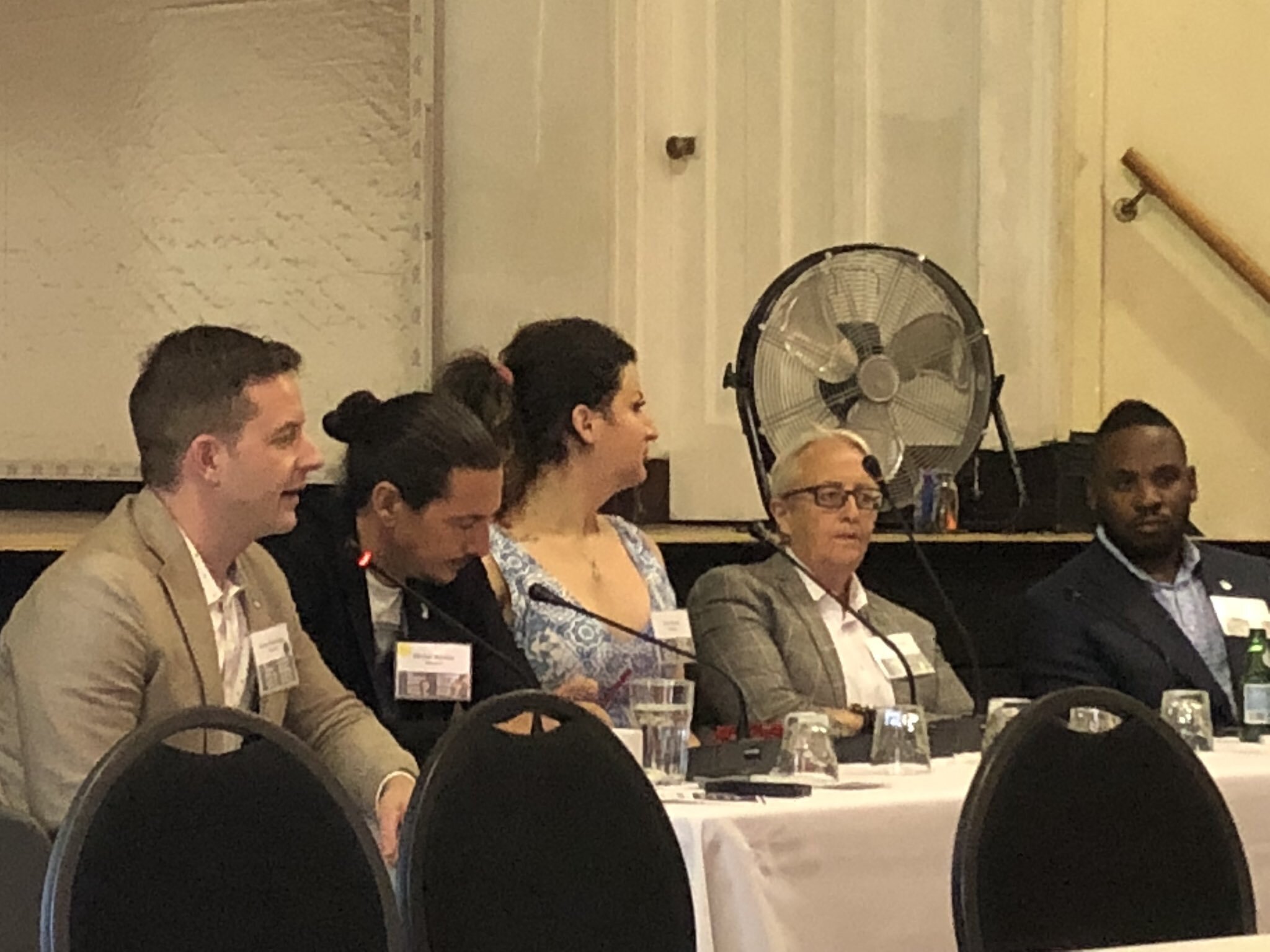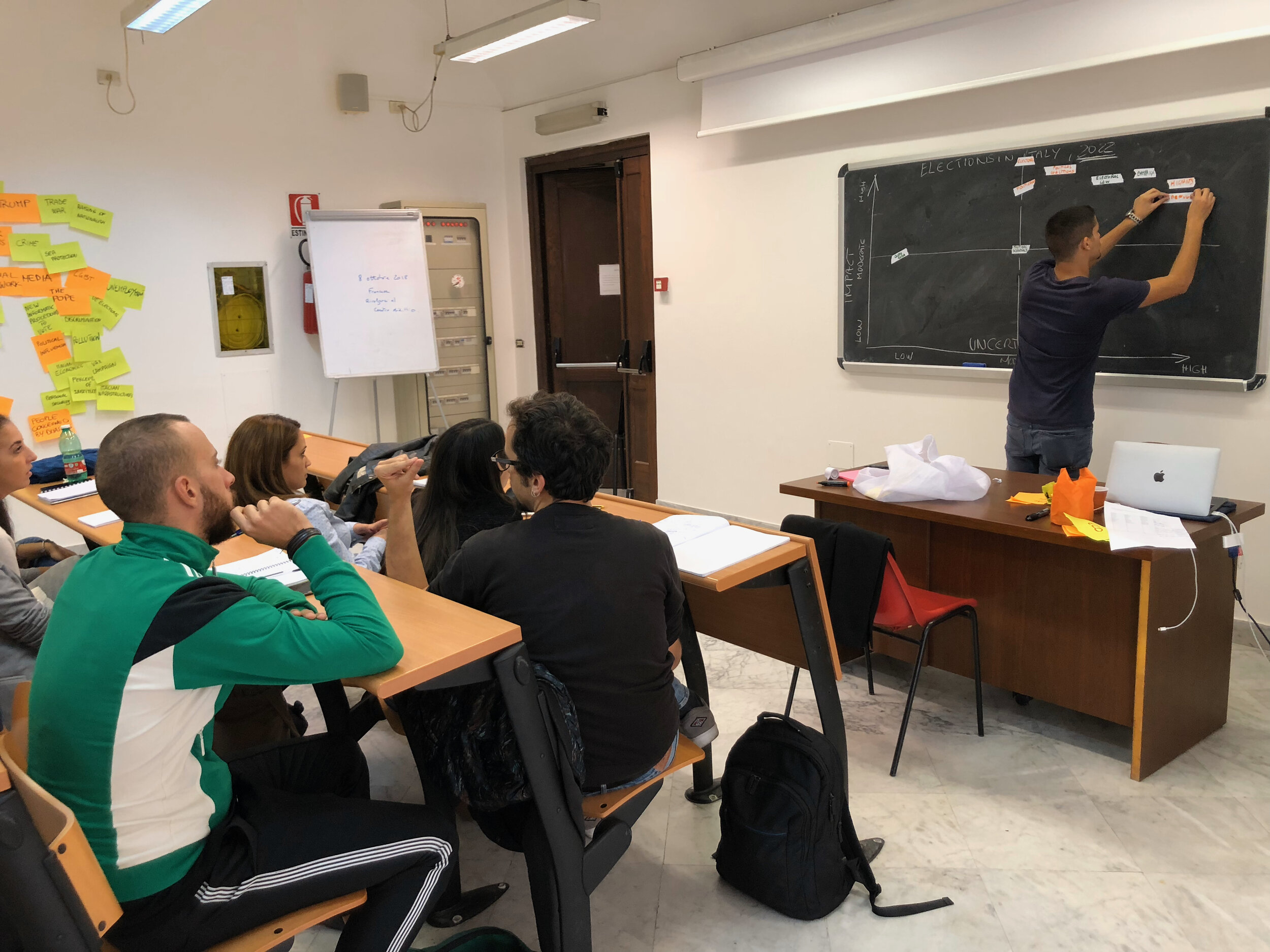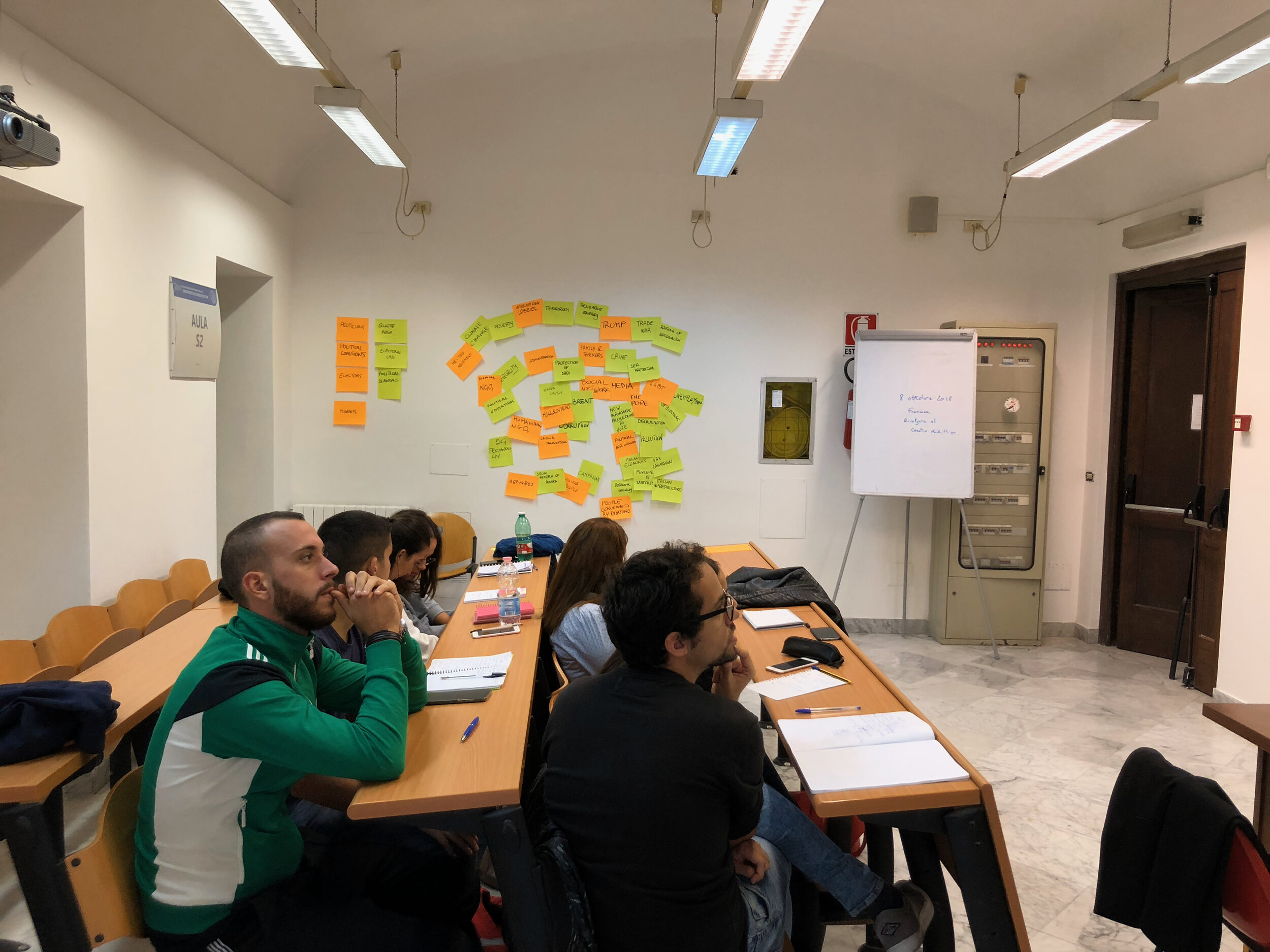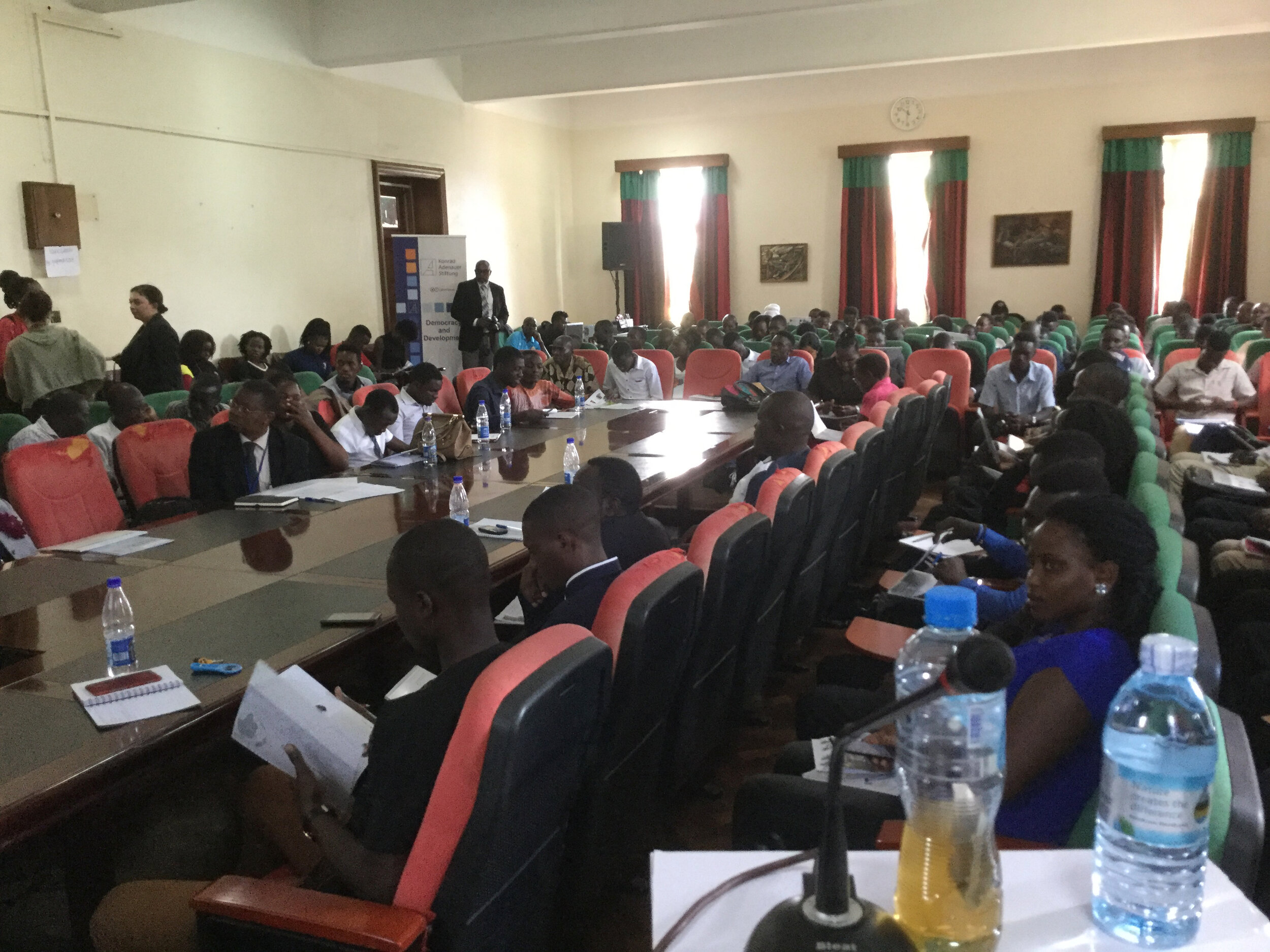How can we help?
This is how we can help you and your organization
We propose a multitude of services to for-profit or not-for-profit organizations and individuals:
Strategy design
Strategic foresight training, mentoring, coaching and counseling
Game of actors analysis
Scenario analysis
Down-forward accountability system design
Programme and projects diagnostic (inertias, drivers of impact, game of actors stress, robustness) and redesign
Business model change and transformation
Workshops to facilitate future-oriented debates and strategically-aligned conversations.
Monitoring system design and implementation
Strategic planning
Other ways to collaborate with us:
Sponsorship - a minimum contribution of 12K GBP per year is necessary. In exchange we will conduct a strategic workshop for your organization to identify a critical change towards which your organization is journeying unprepared, and we will produce a foresight report to help you to preempt the identified change.
Our Foresight Method
The IARAN Foresight Method
The methods used by the IARAN for each report are based on our analytical toolkit. Our toolkit was initially developed in 2012 in partnership with Futuribles International, a leading centre for foresight studies. Over the years we have field tested and refined our methods in order to provide a service that is unique and adaptable to the humanitarian sector. We are now one of the longest serving providers of foresight analysis to operational aid agencies.
Many IARAN reports use a foresight technique called scenario analysis. With this method we look at past trends and emerging issues, to explore probable futures. This technique, used to break complex issues down into their components, helps to identify the key drivers of change. Scenarios are built, based on the different combinations of how these drivers may unfold in the future, with each a description of a possible future. Their intended use is as tools to allow decision makers to plan for a range of contingencies and strategize policies for a more preferred future.
The following is a brief overview of our foresight toolkit methodology:
System Architecture - conceptual representation of the system being studied. It is used to identify factors and actors to be included in the analysis. Different scales and thematic areas are considered to mitigate the potential for cognitive bias.
Structural Analysis - a system analysis technique using an adjacency matrix to calculate the sum of each factor/actor’s influence and dependence on every other. These values are graphed to create a “map” of the system to provide insight into the structure of the system and how the drivers relate within it.
Morphological analysis - a means of exploring an array of possible futures and reducing them down to a limited number of plausible paths. For each of the most influential drivers identified in the previous step, several hypotheses are developed on how it could unfold in the future. Logical combinations are selected to serve as the basis for the scenarios.
Scenarios - a narrative account of a plausible future. Three to four are typically created. Each is distinct to best capture the array of potential contingencies. Wild Cards may also be added, representing less probable but more disruptive futures.
